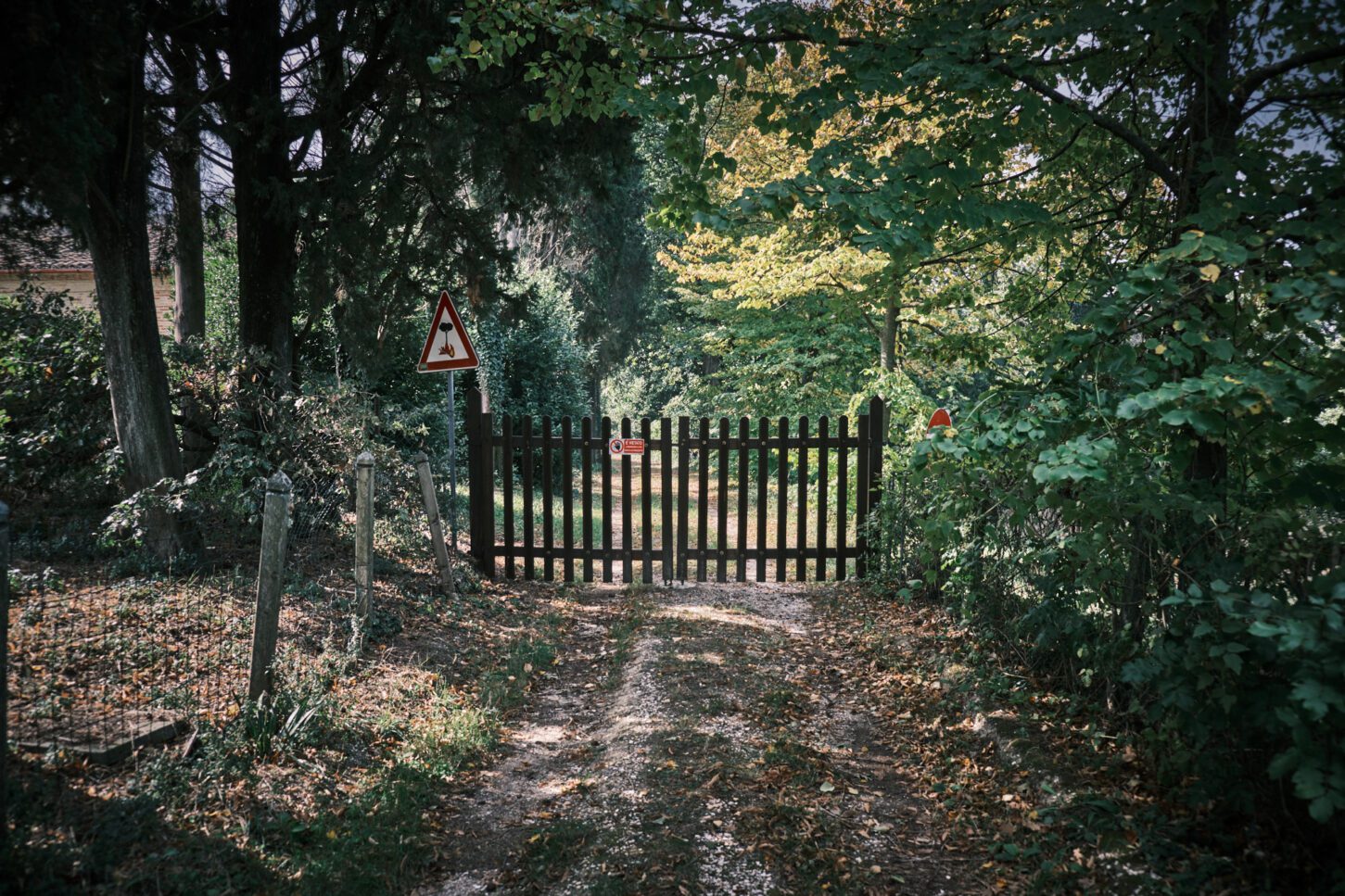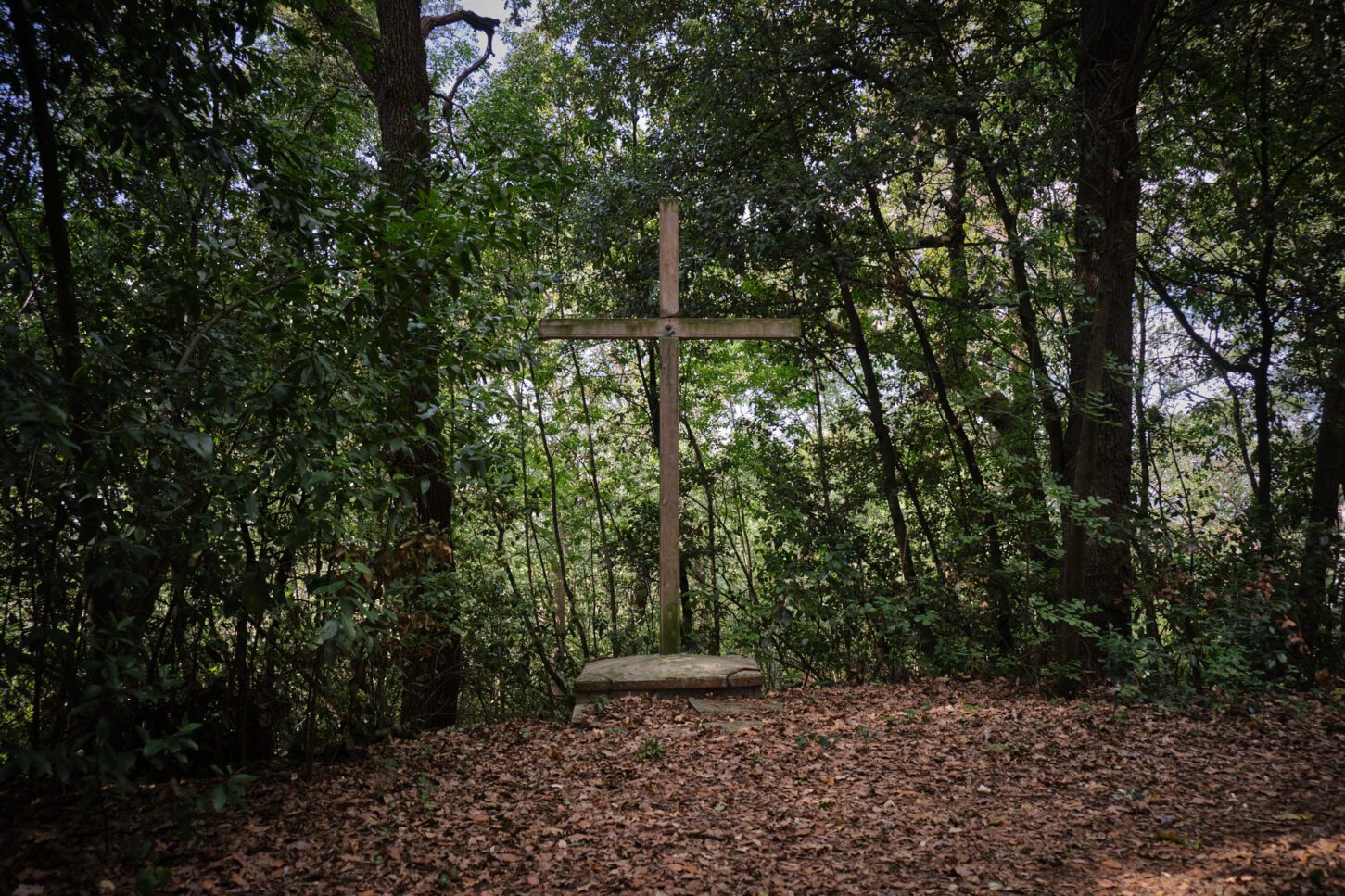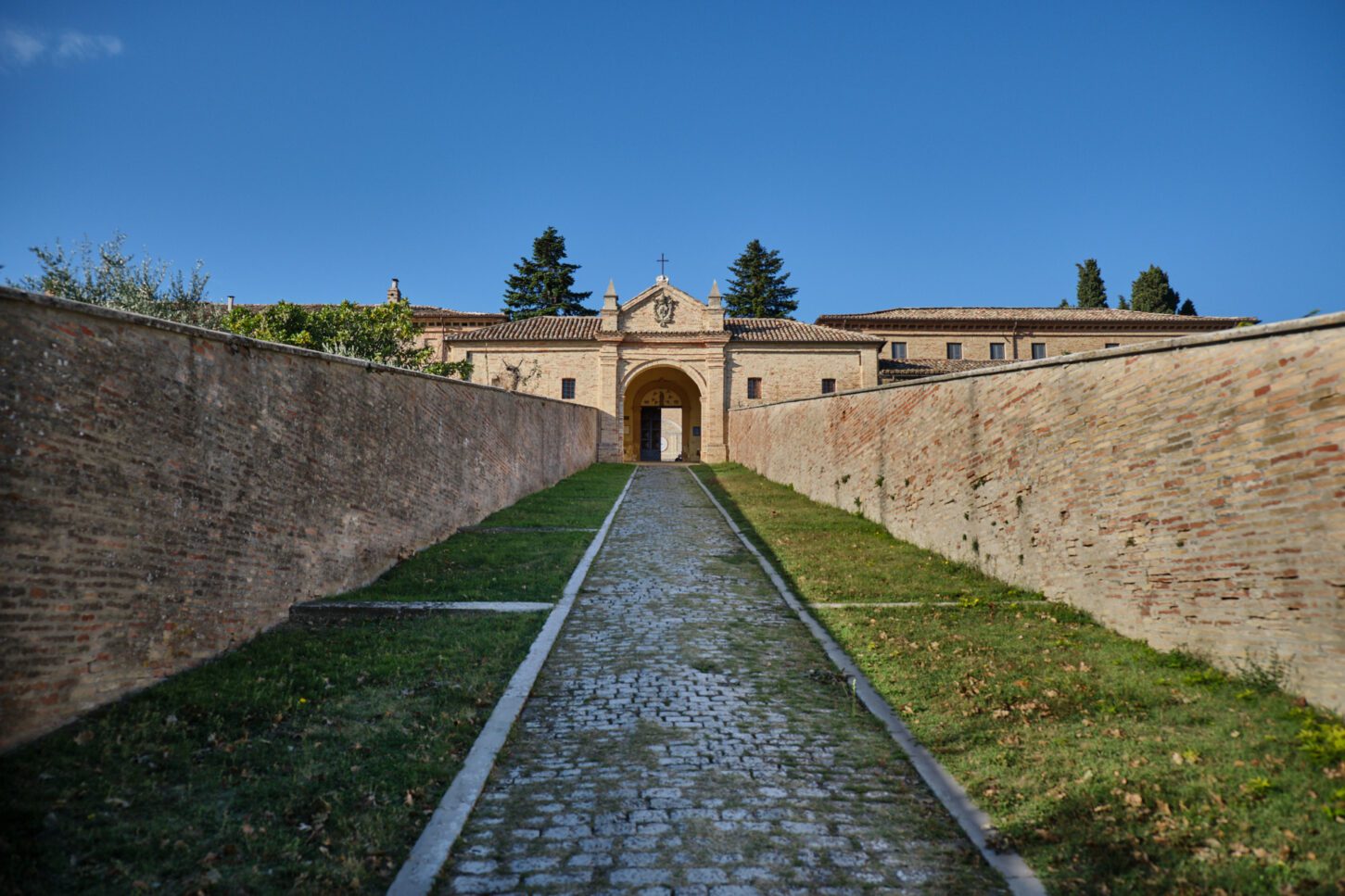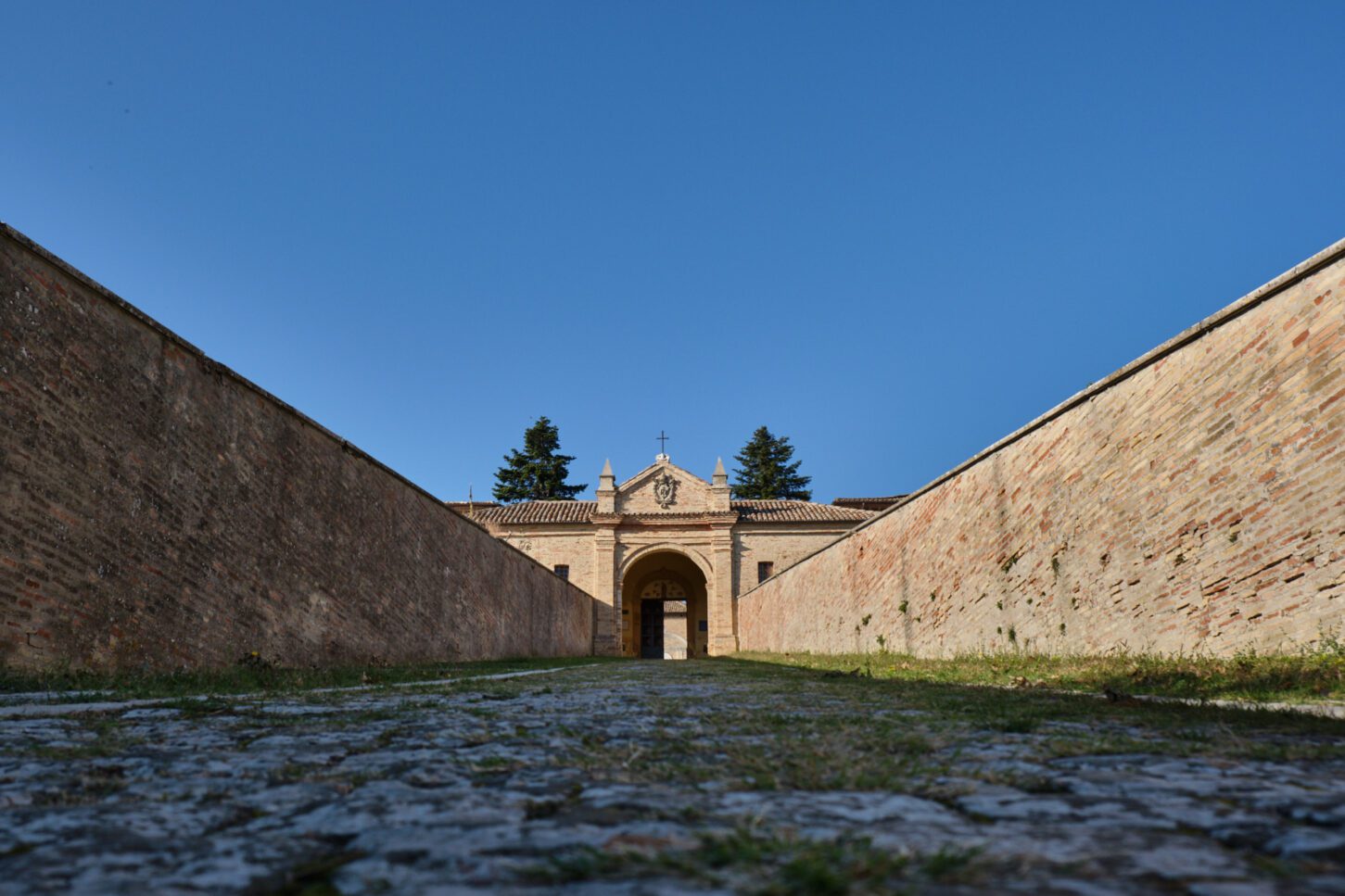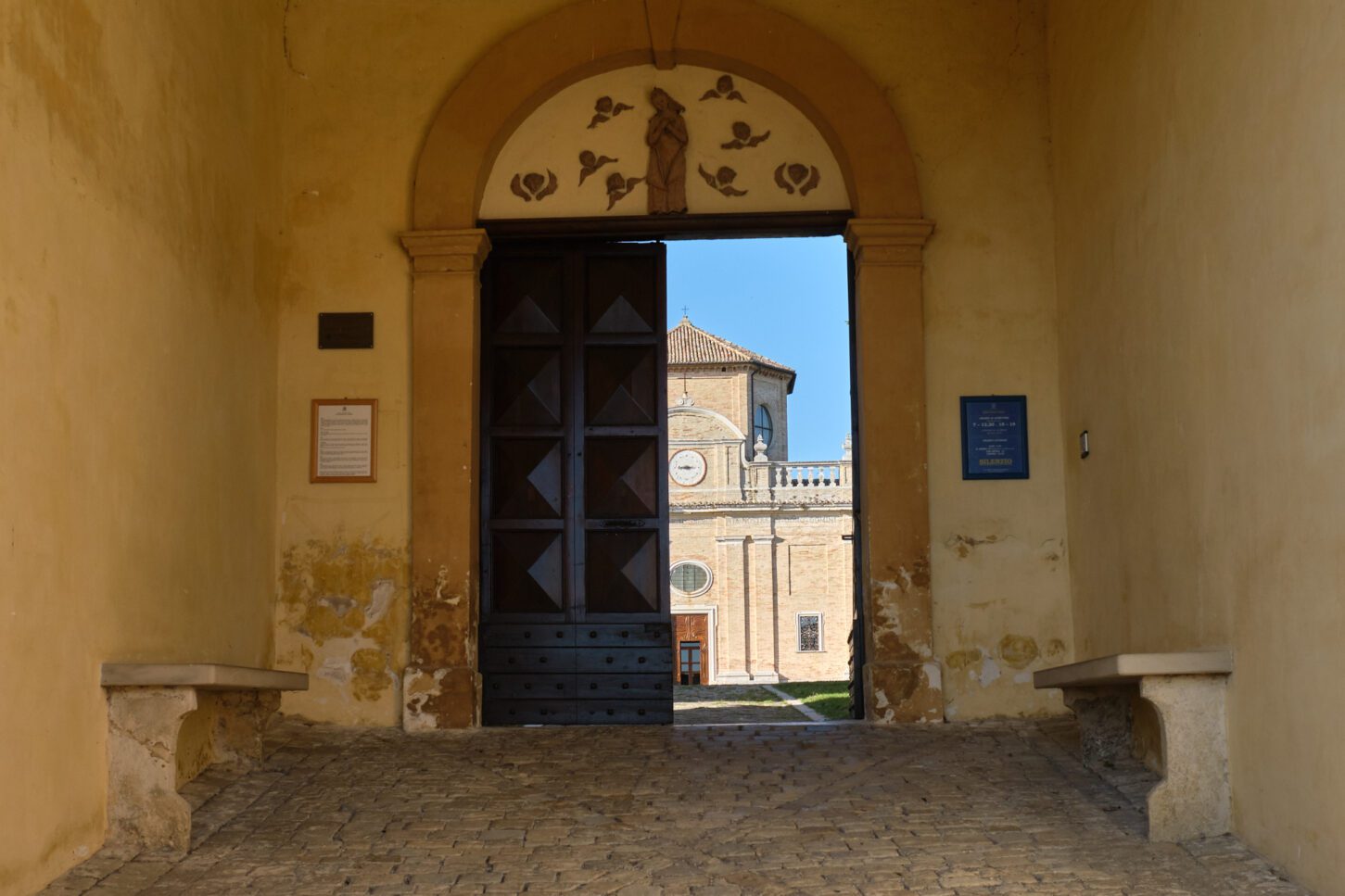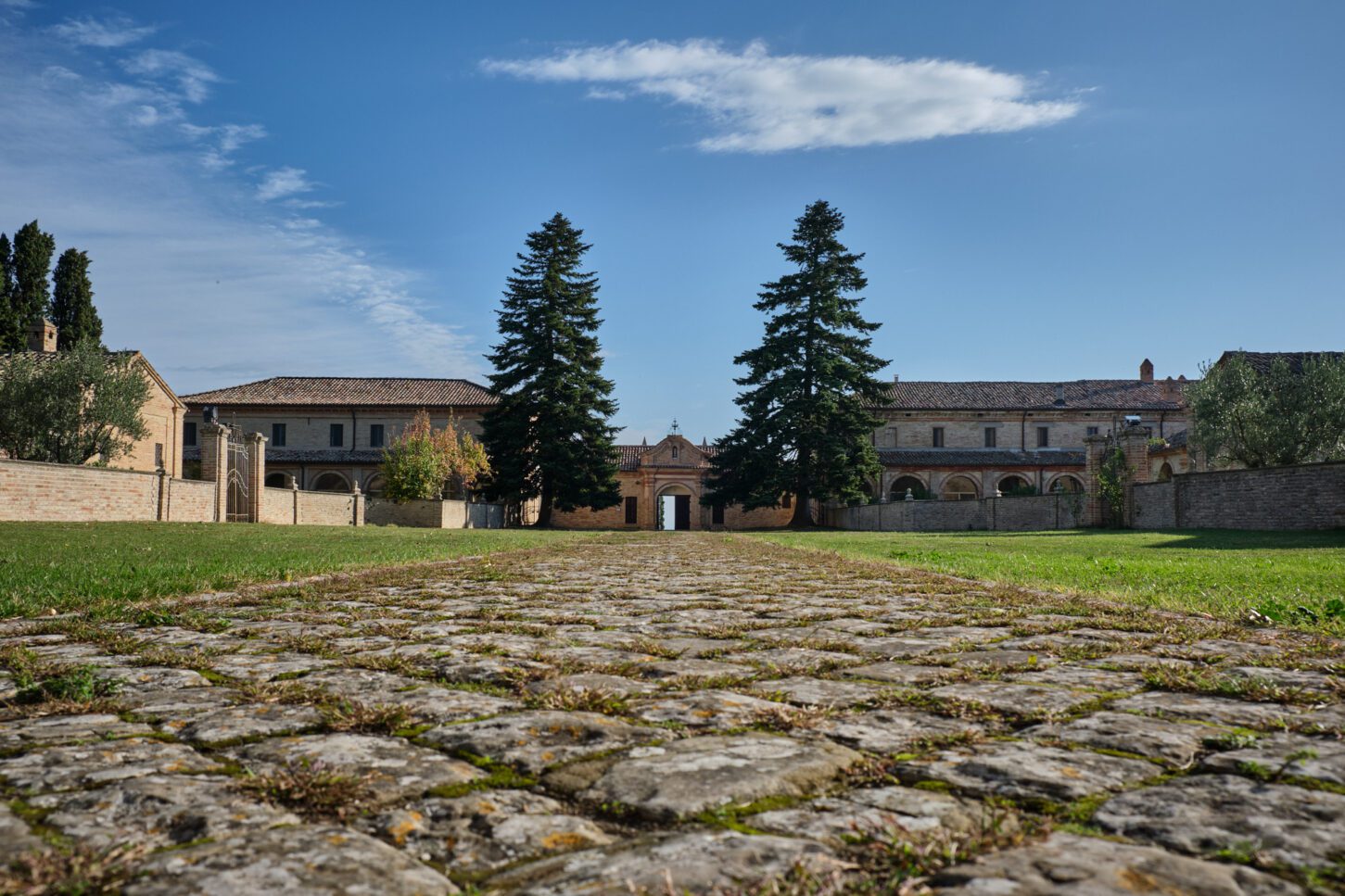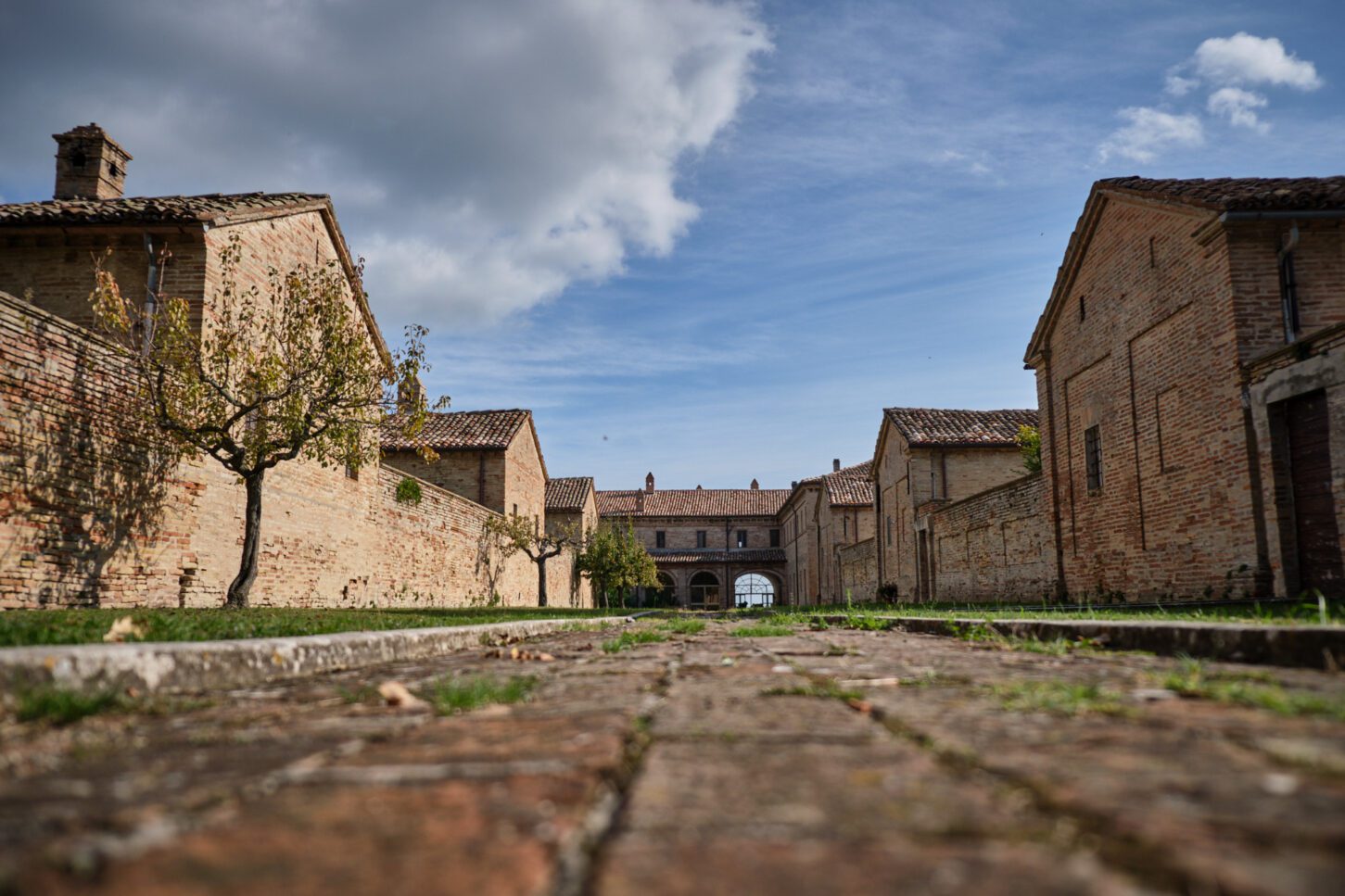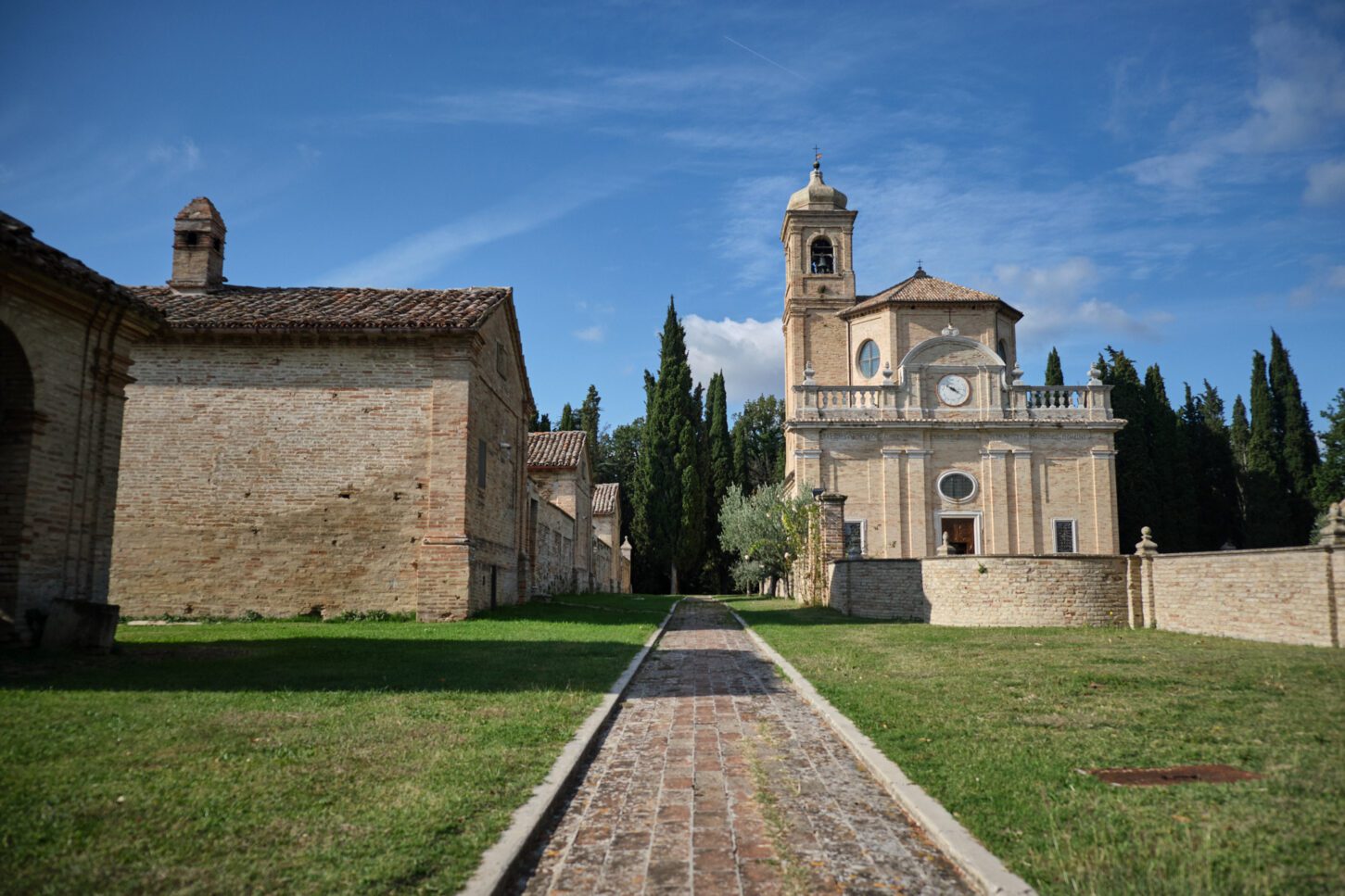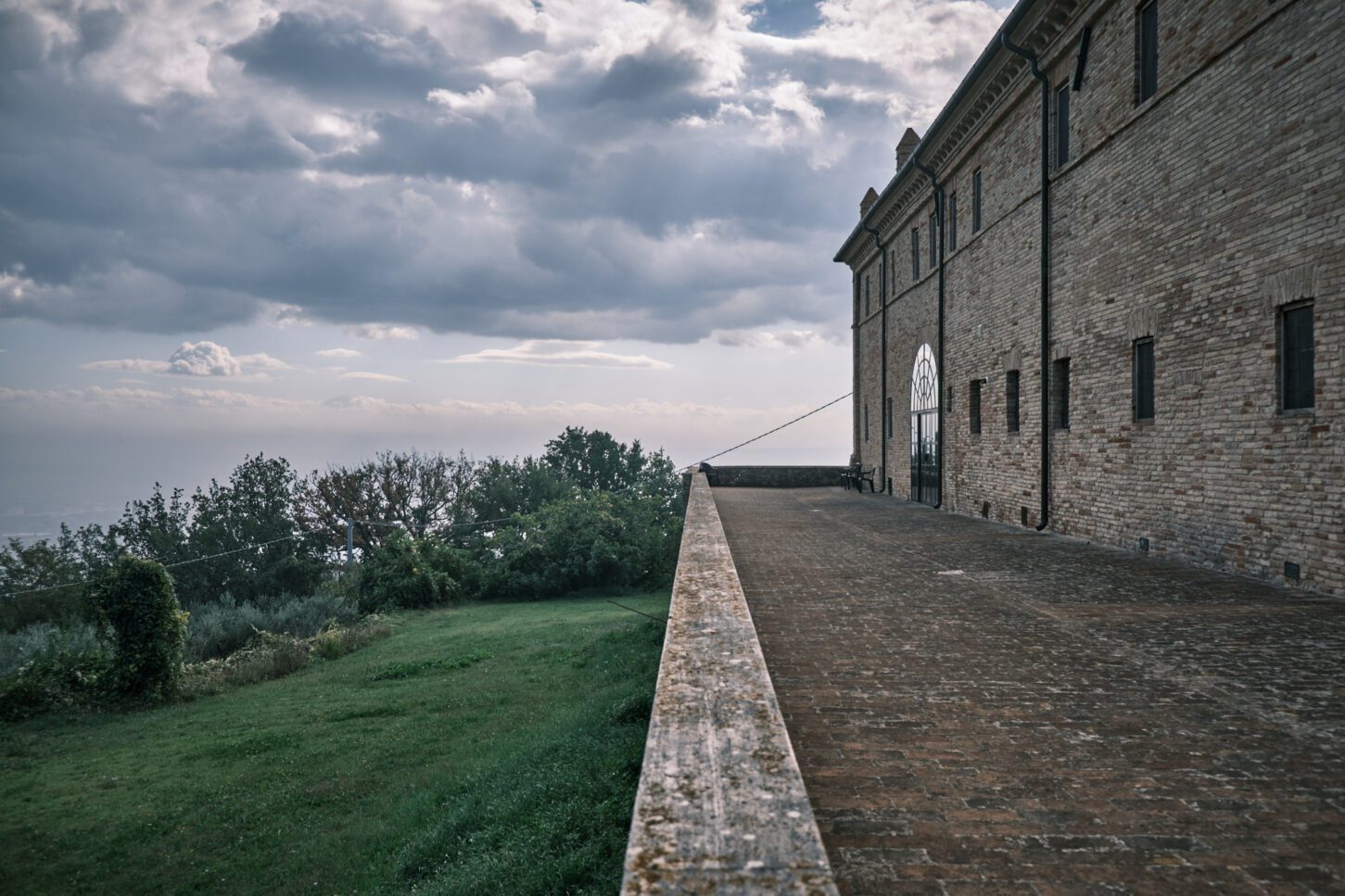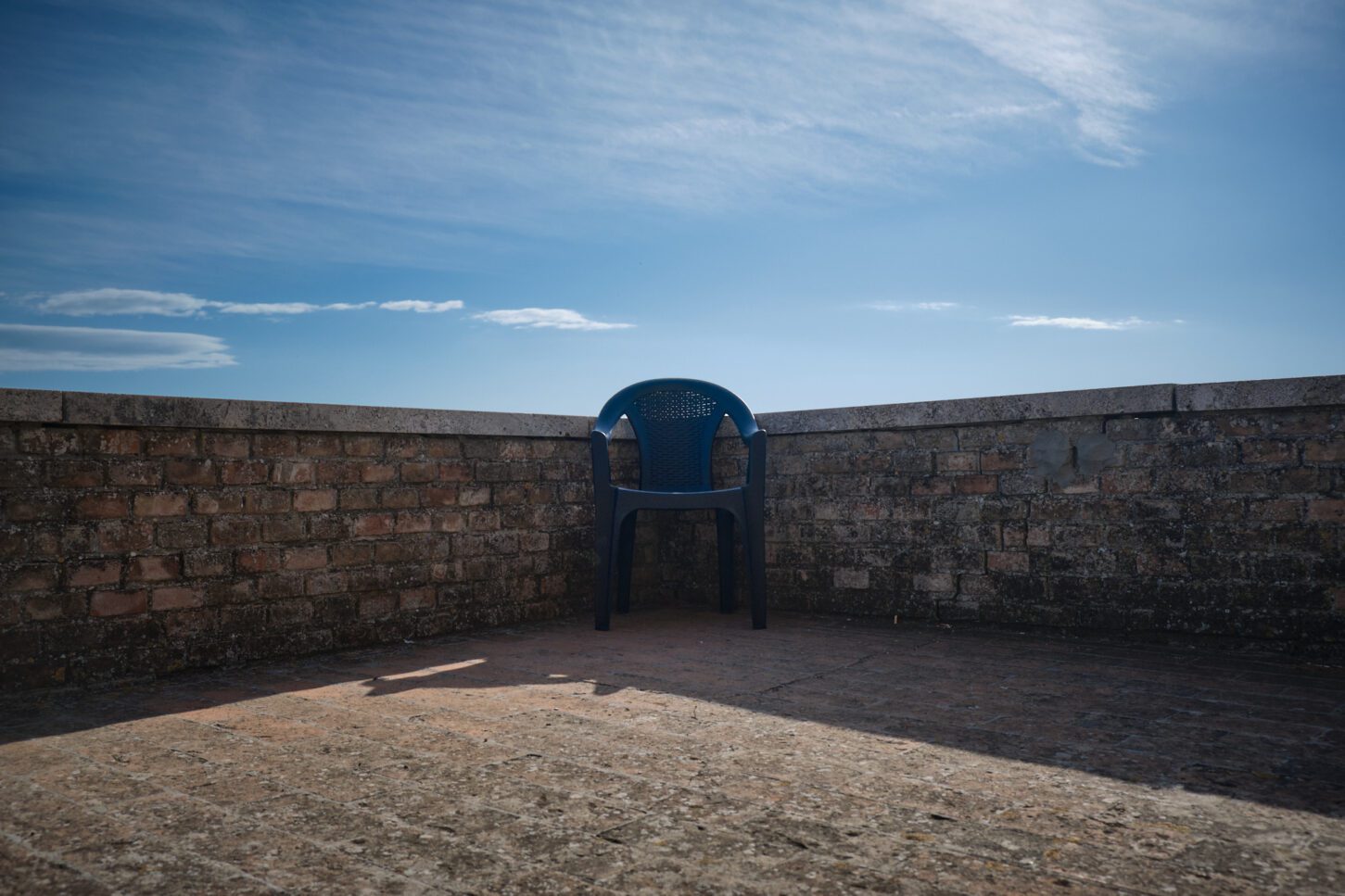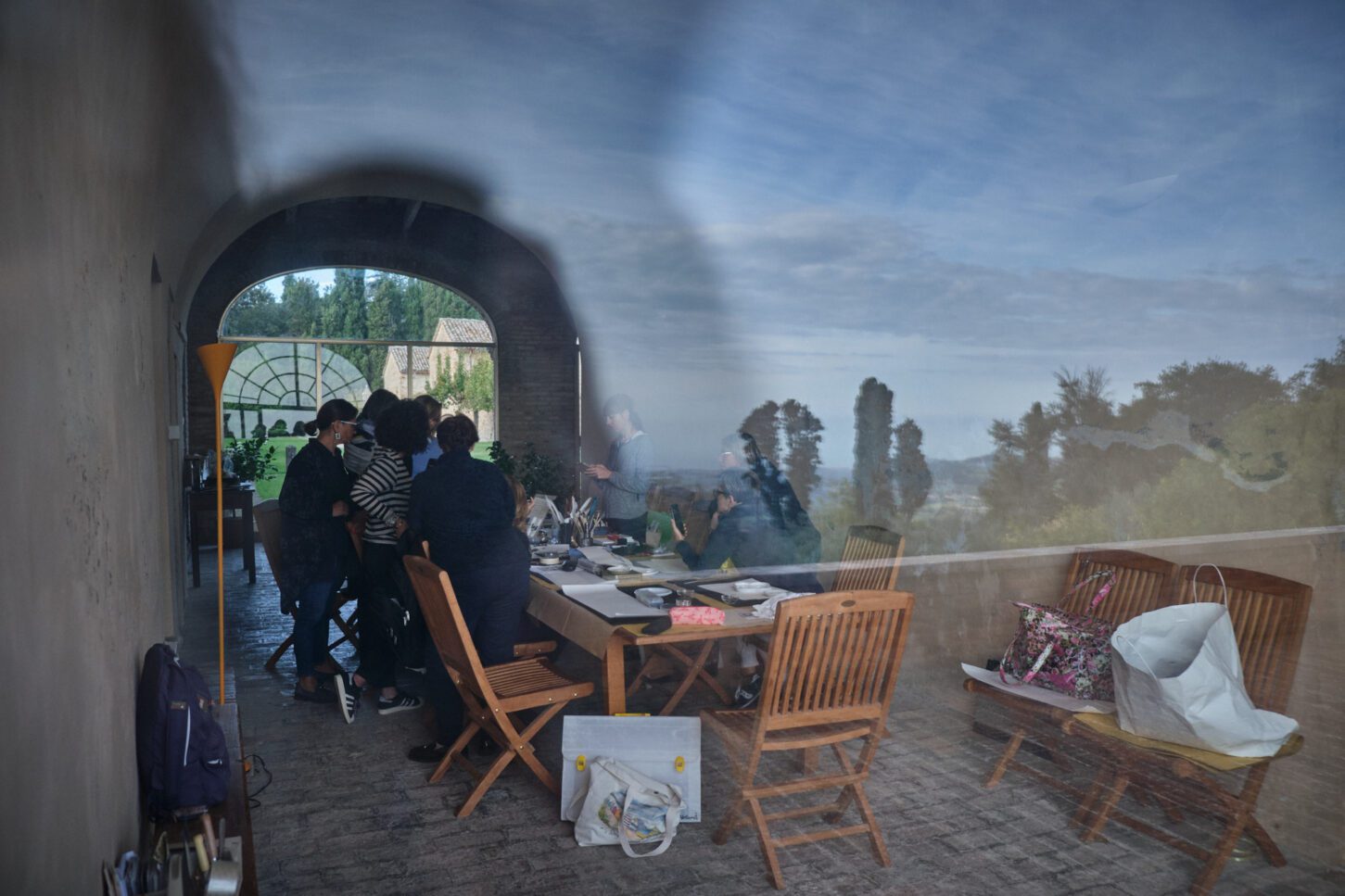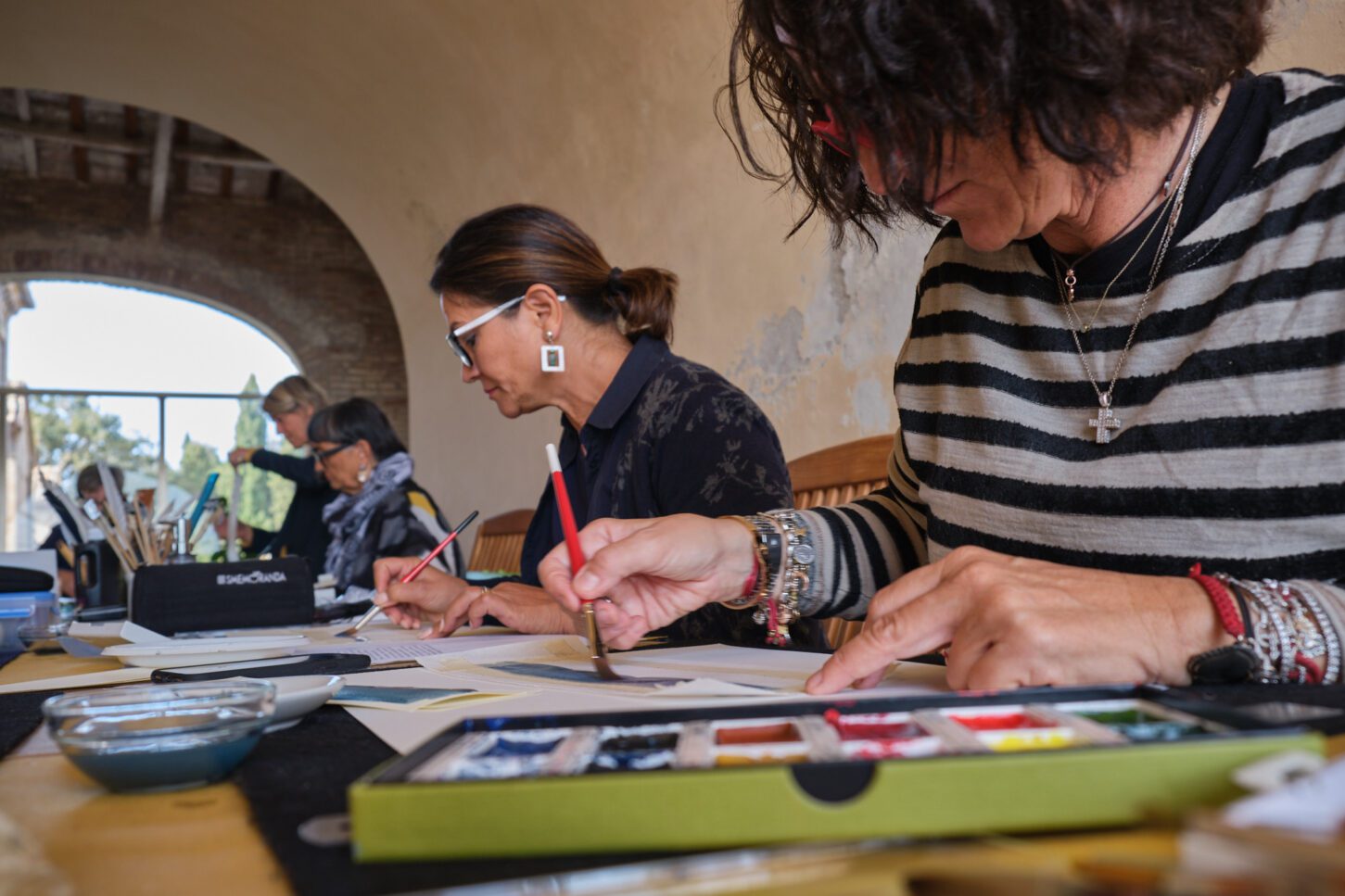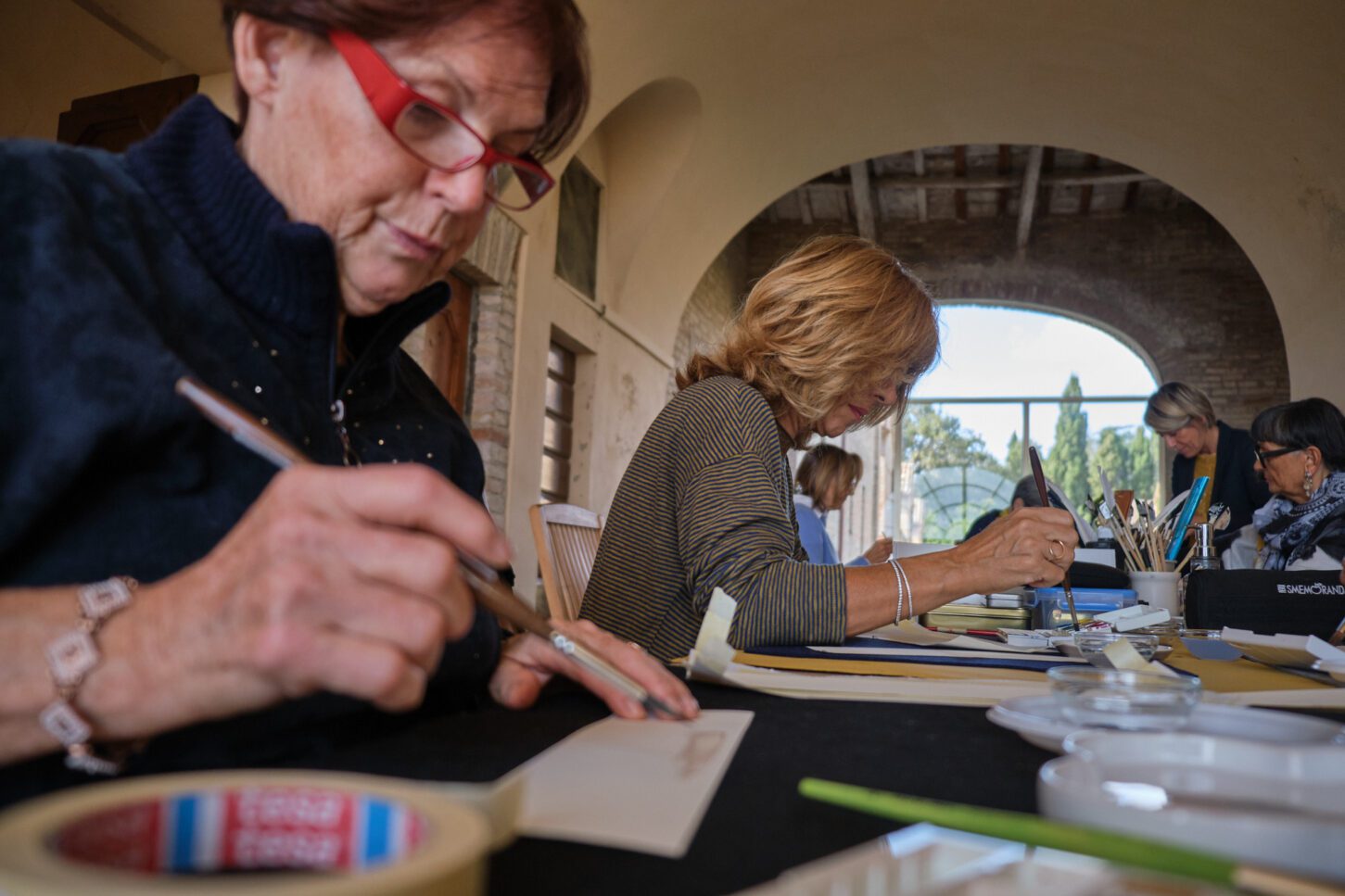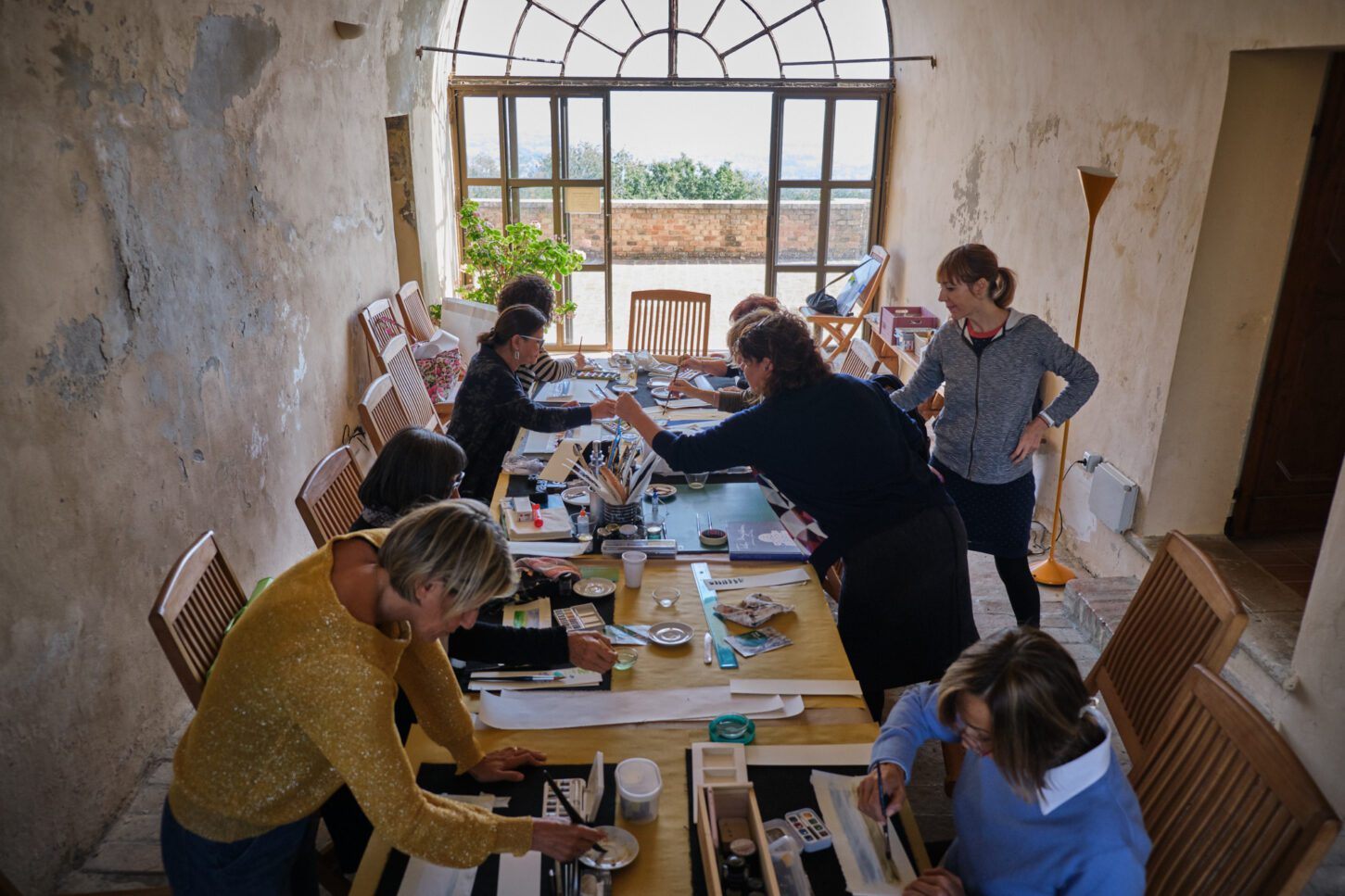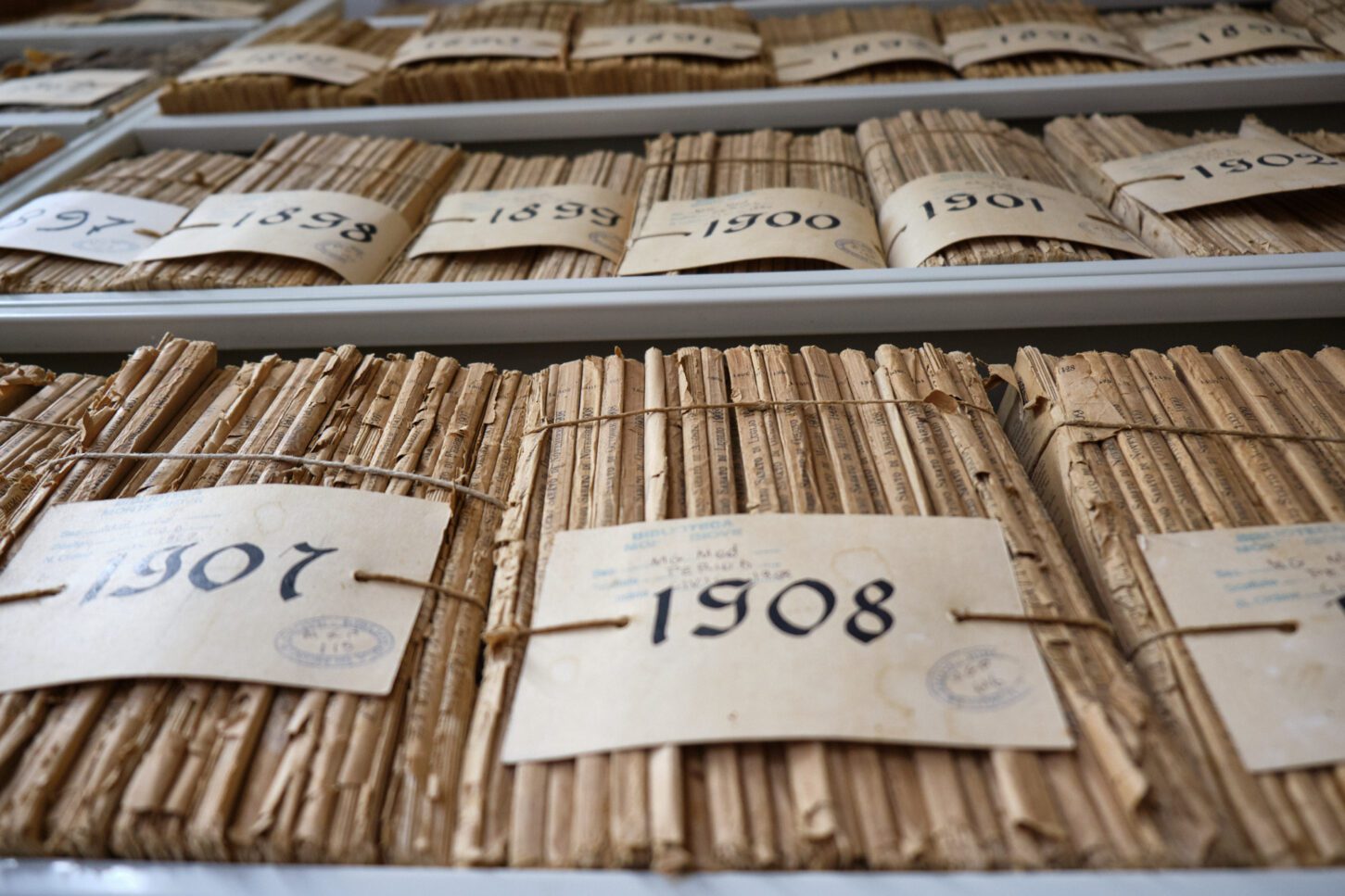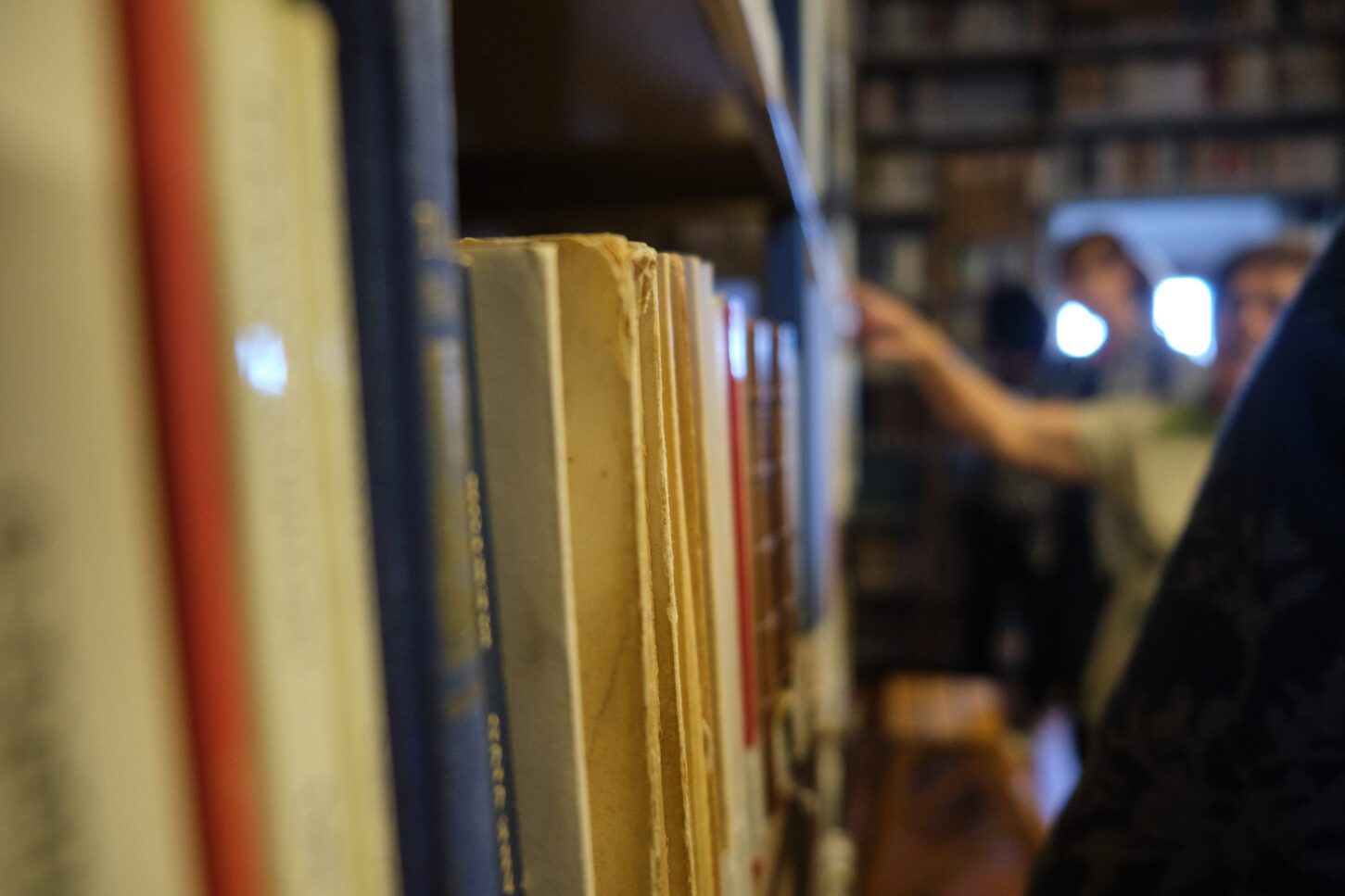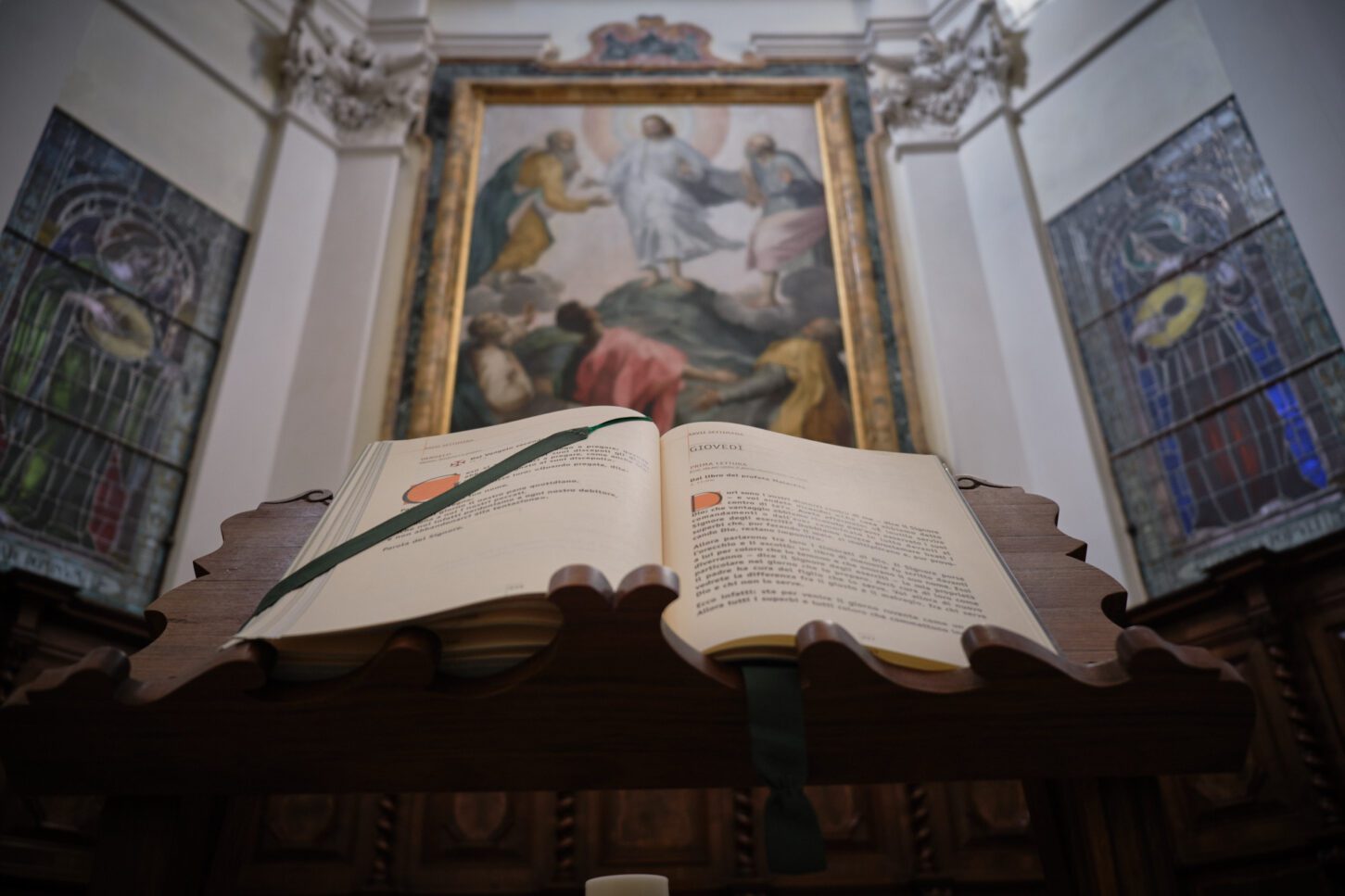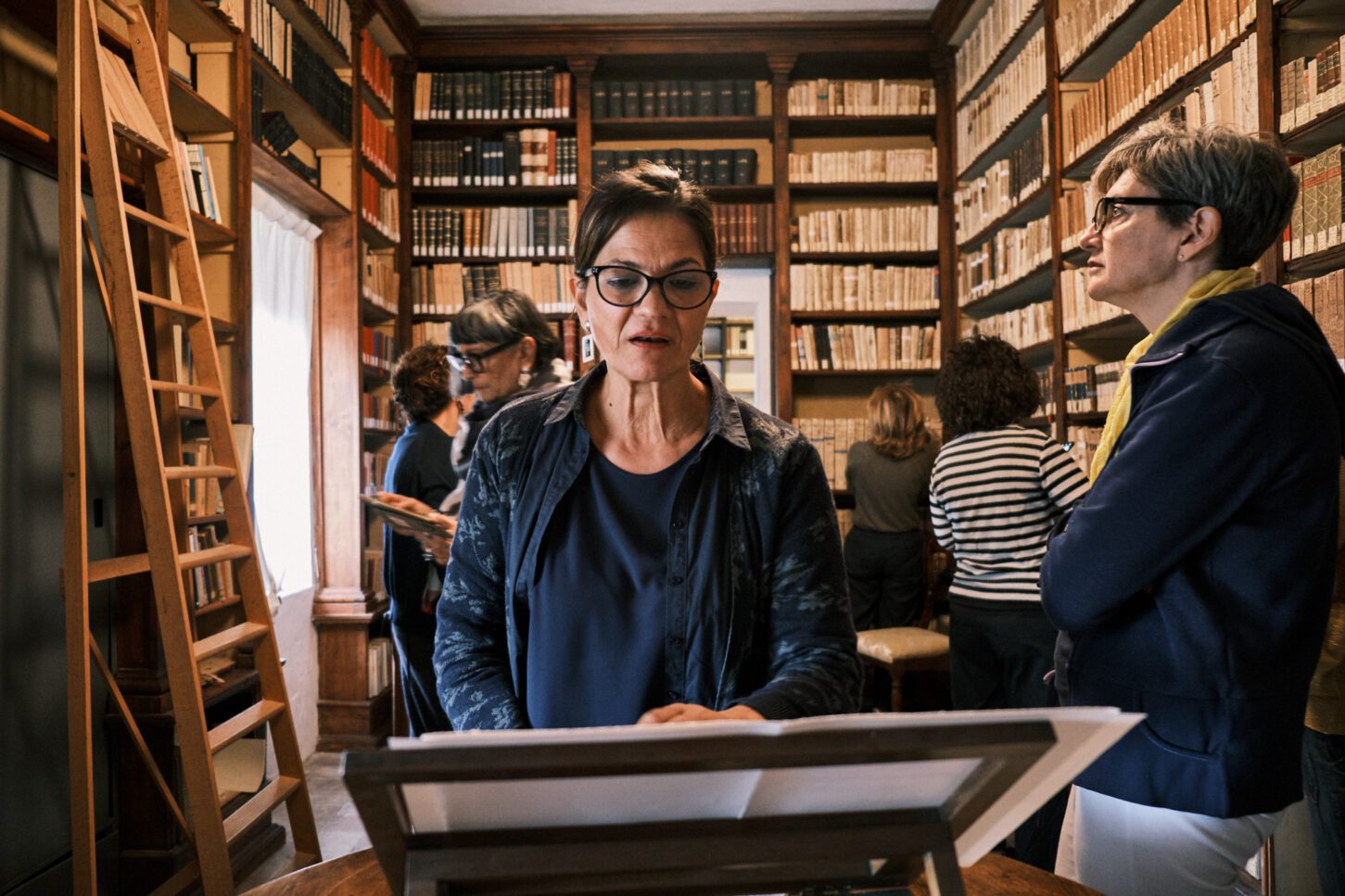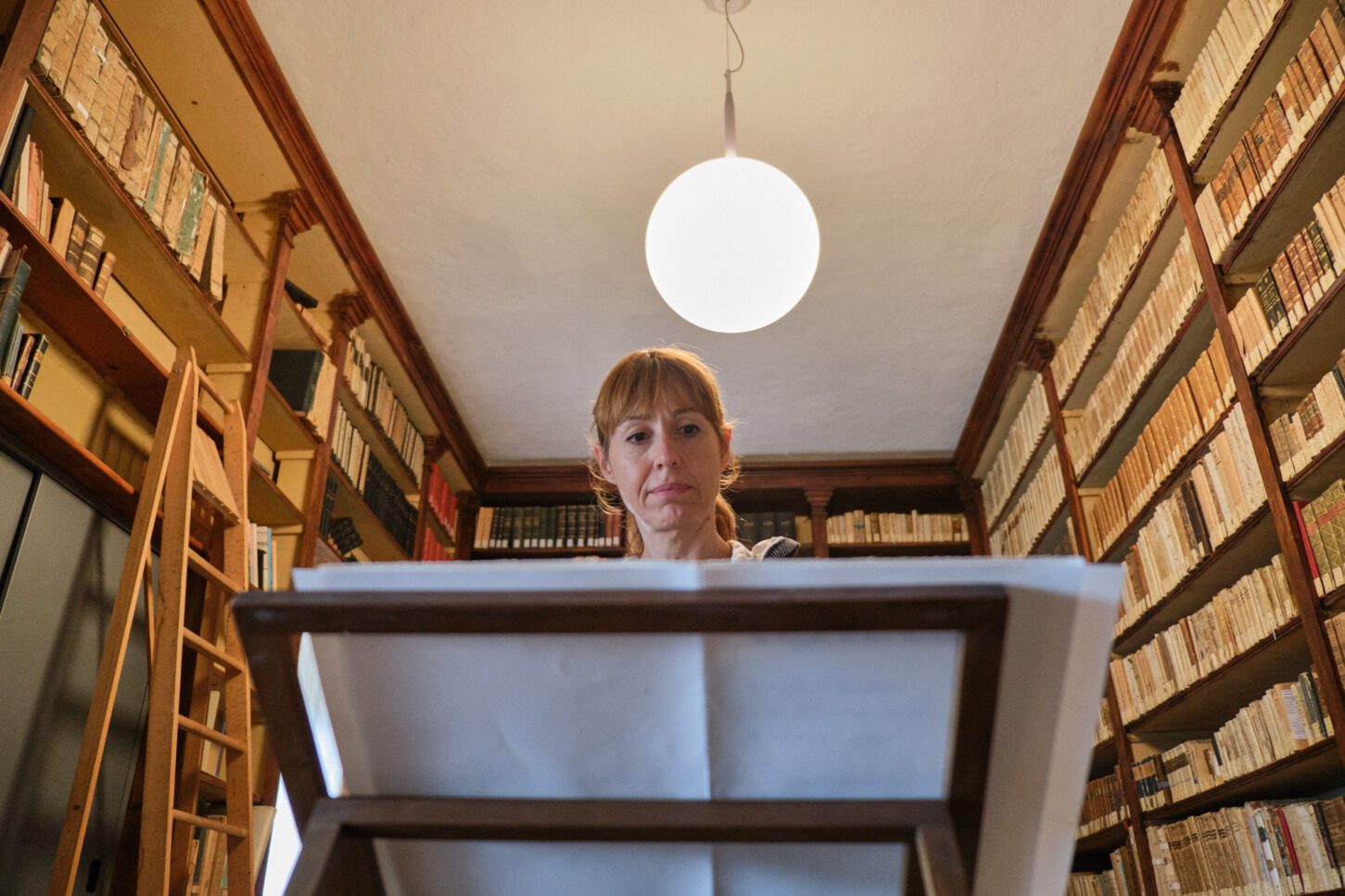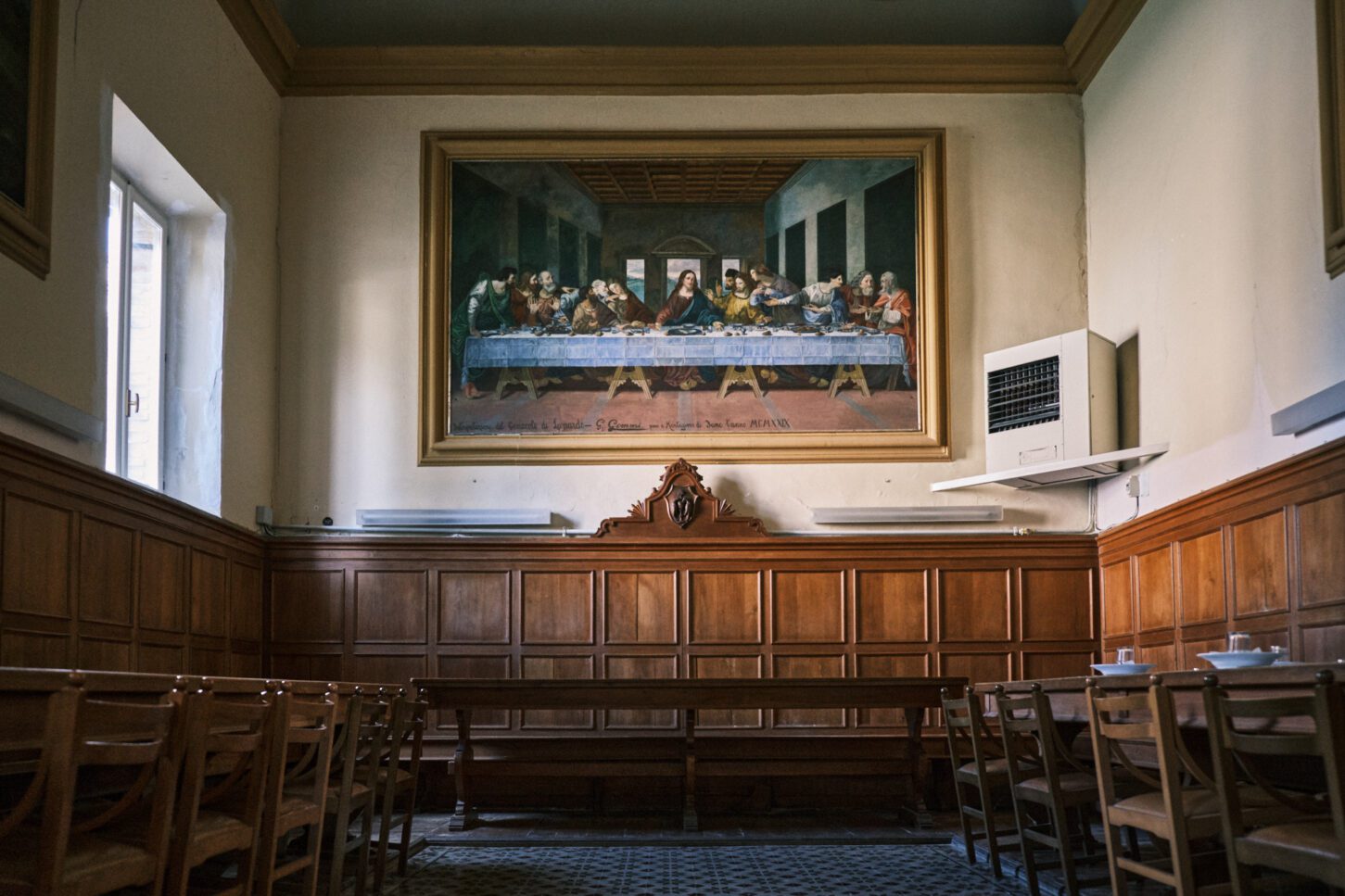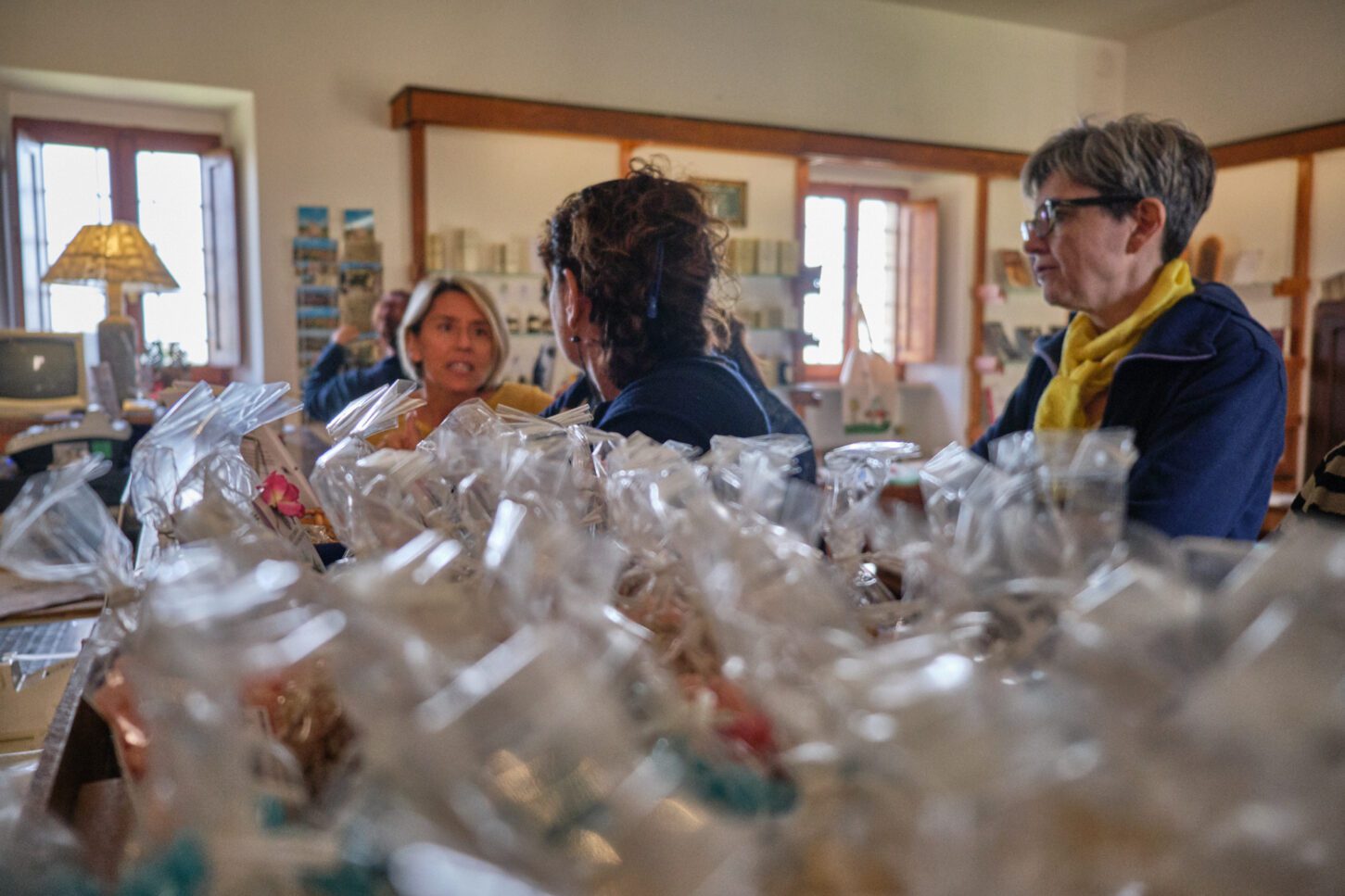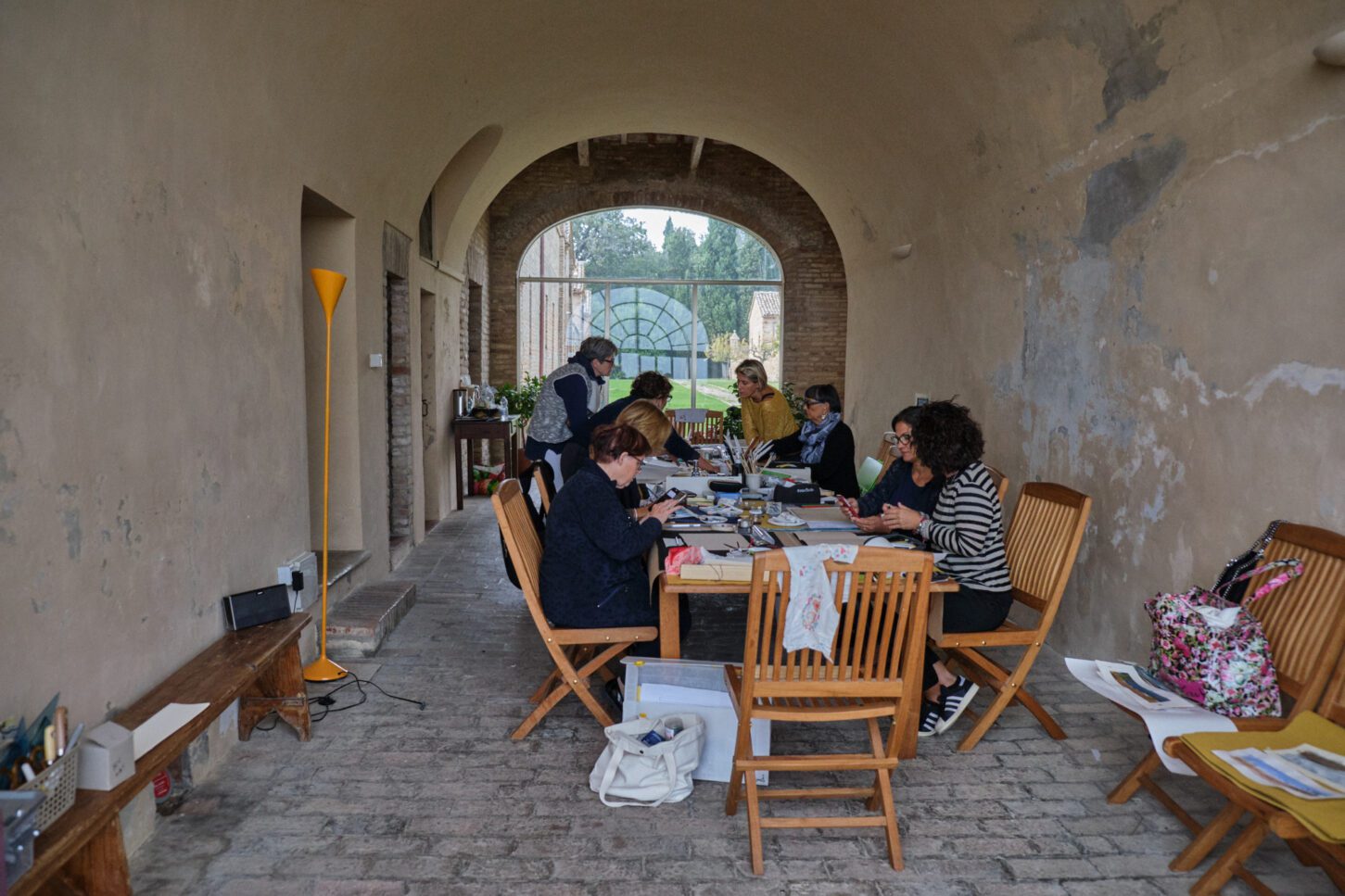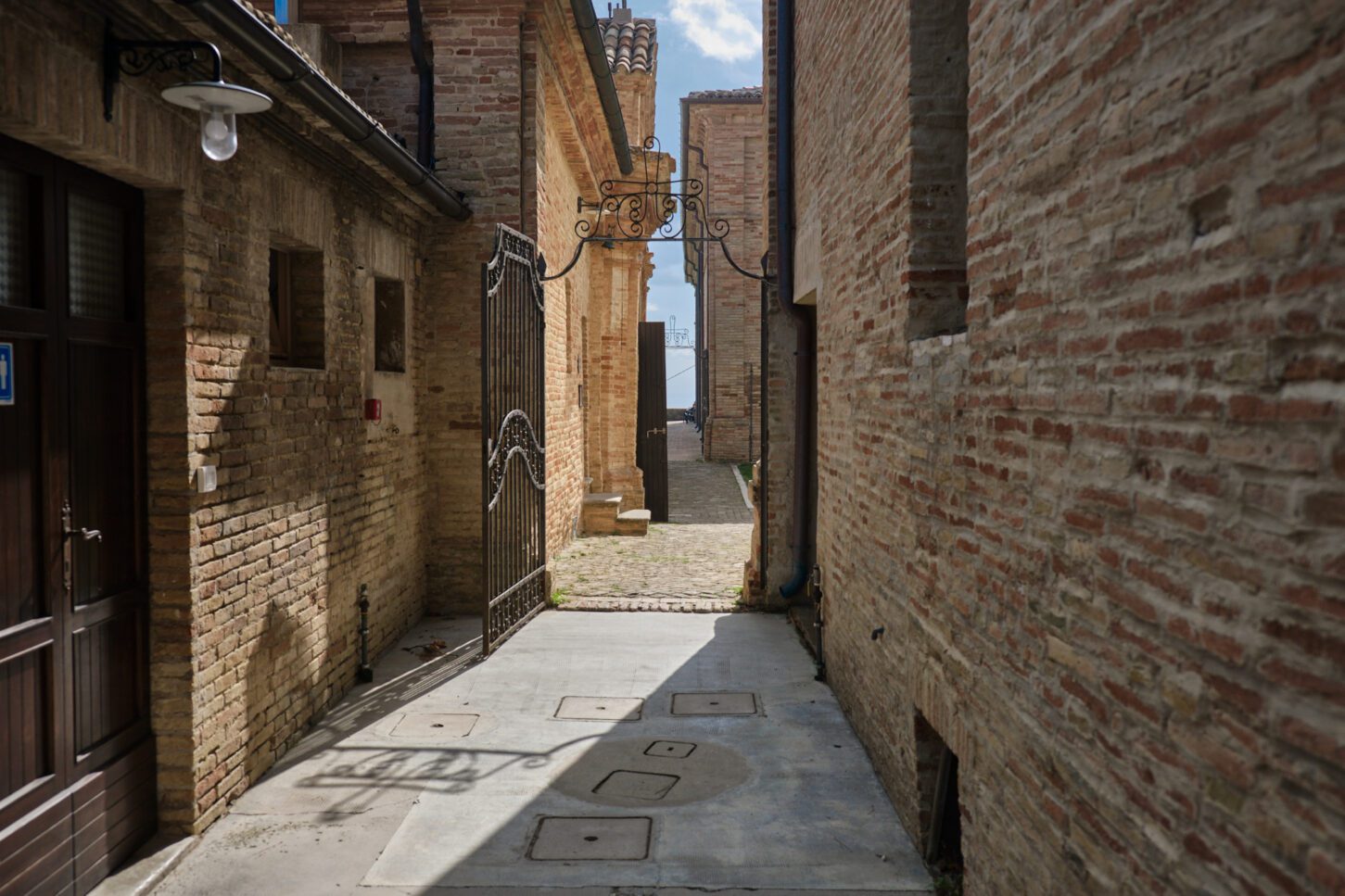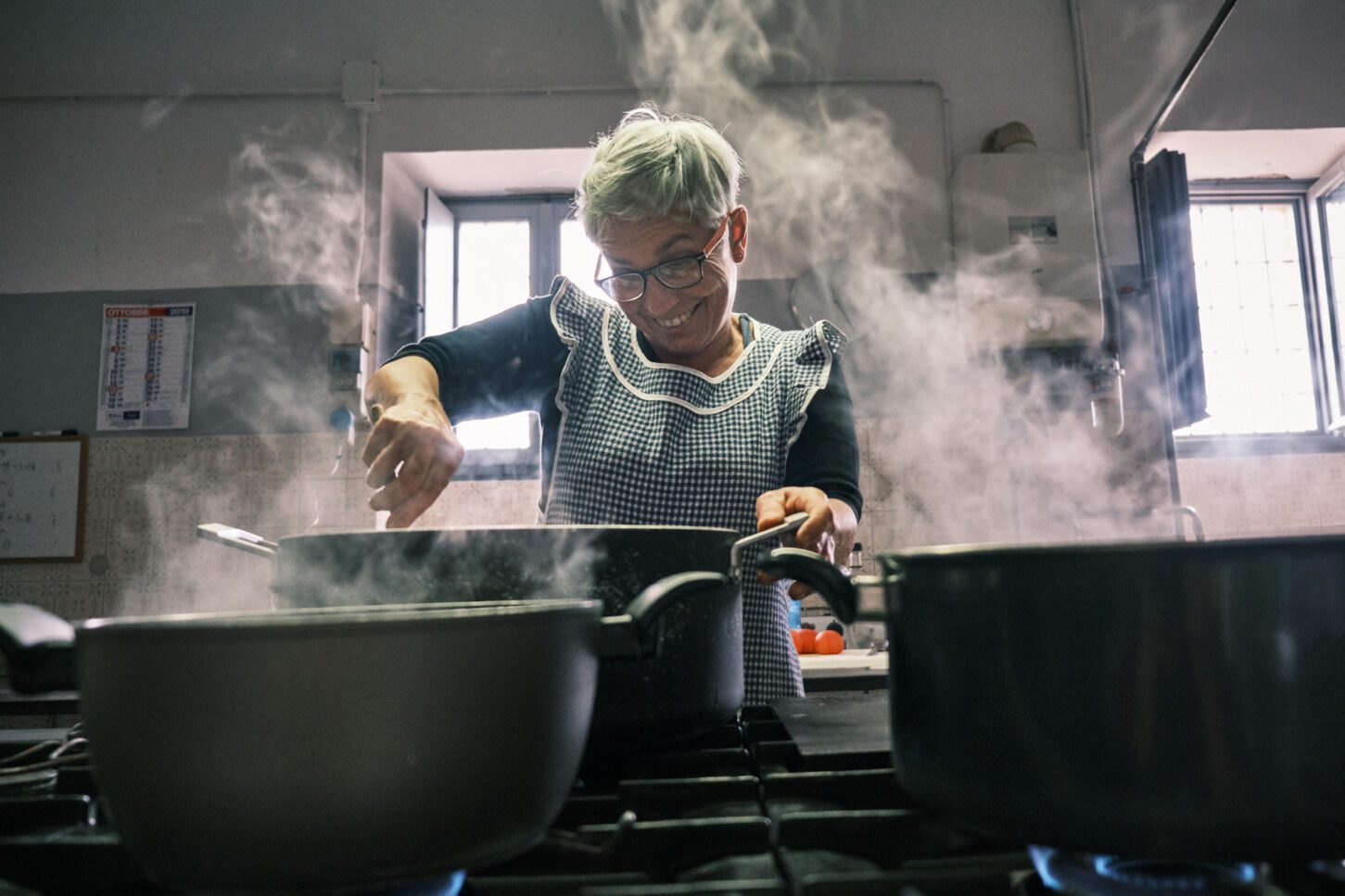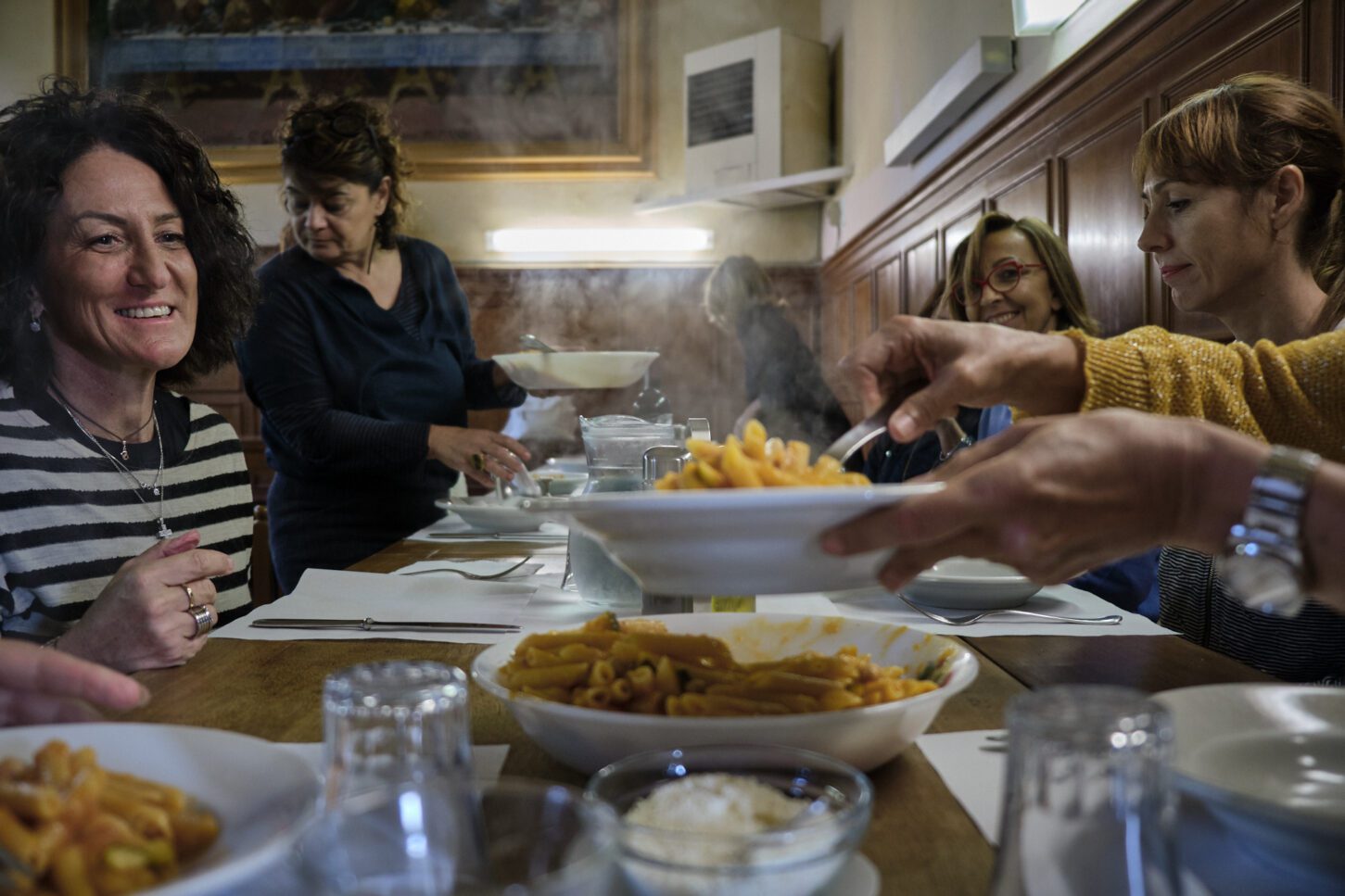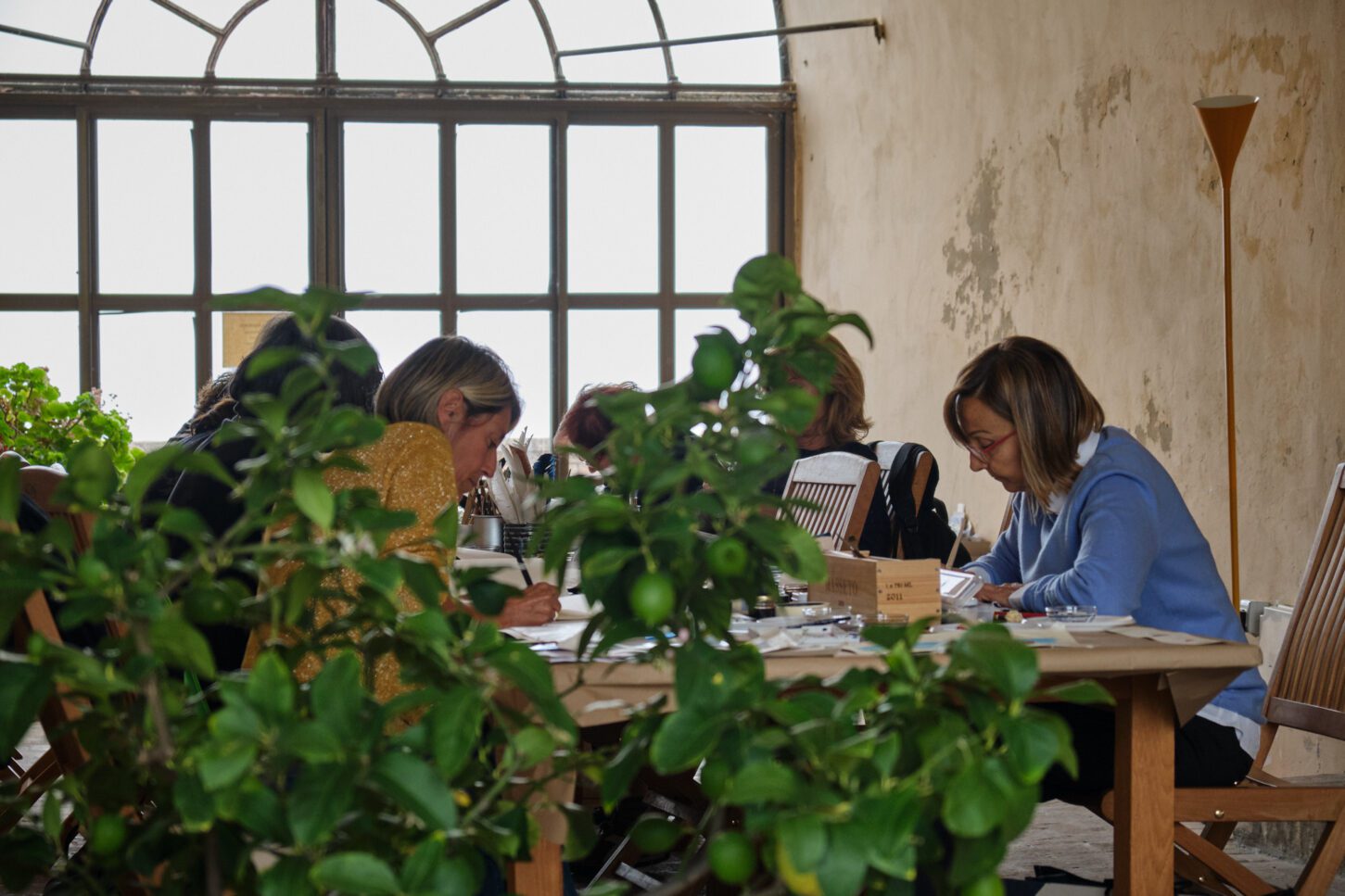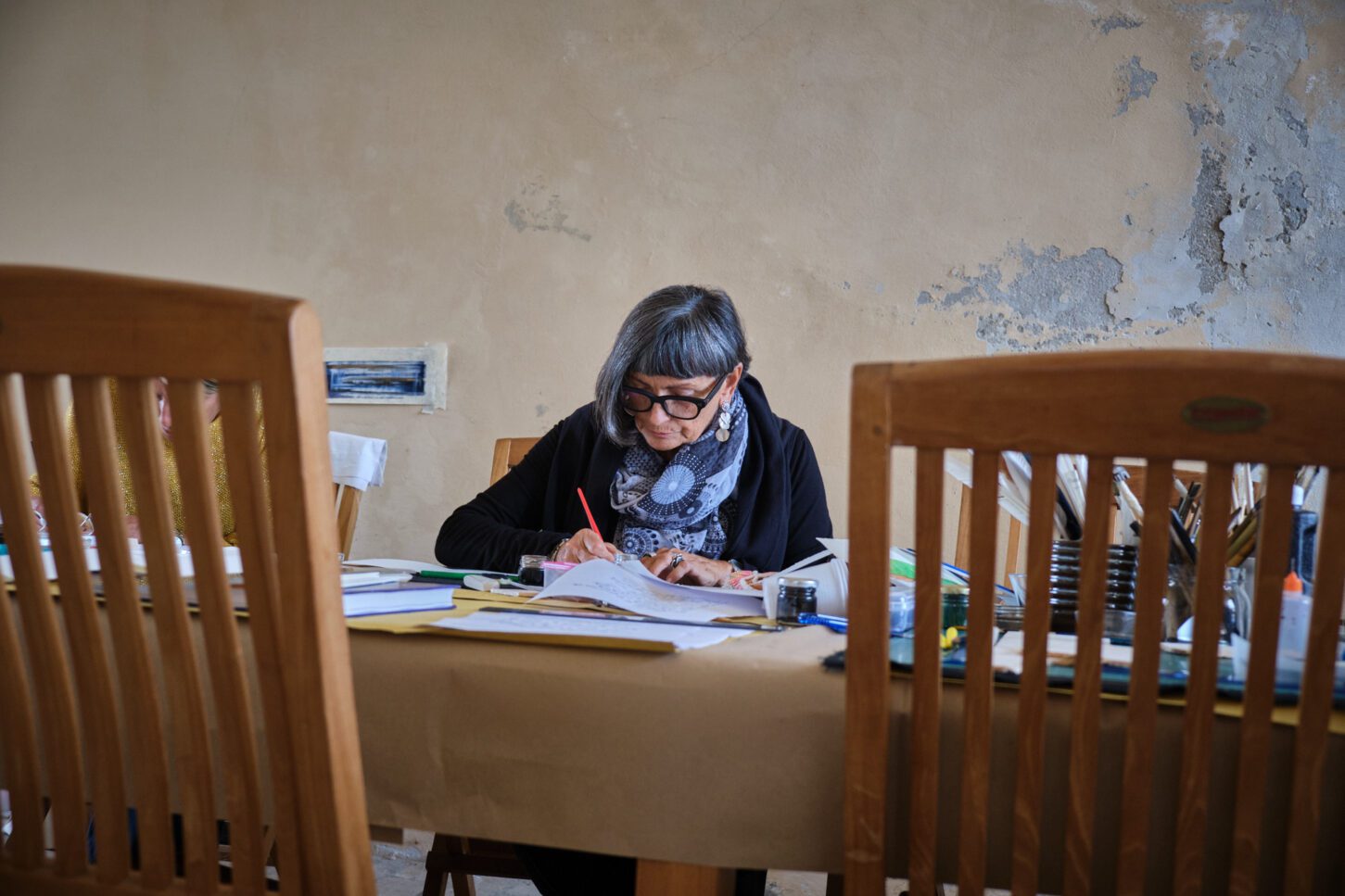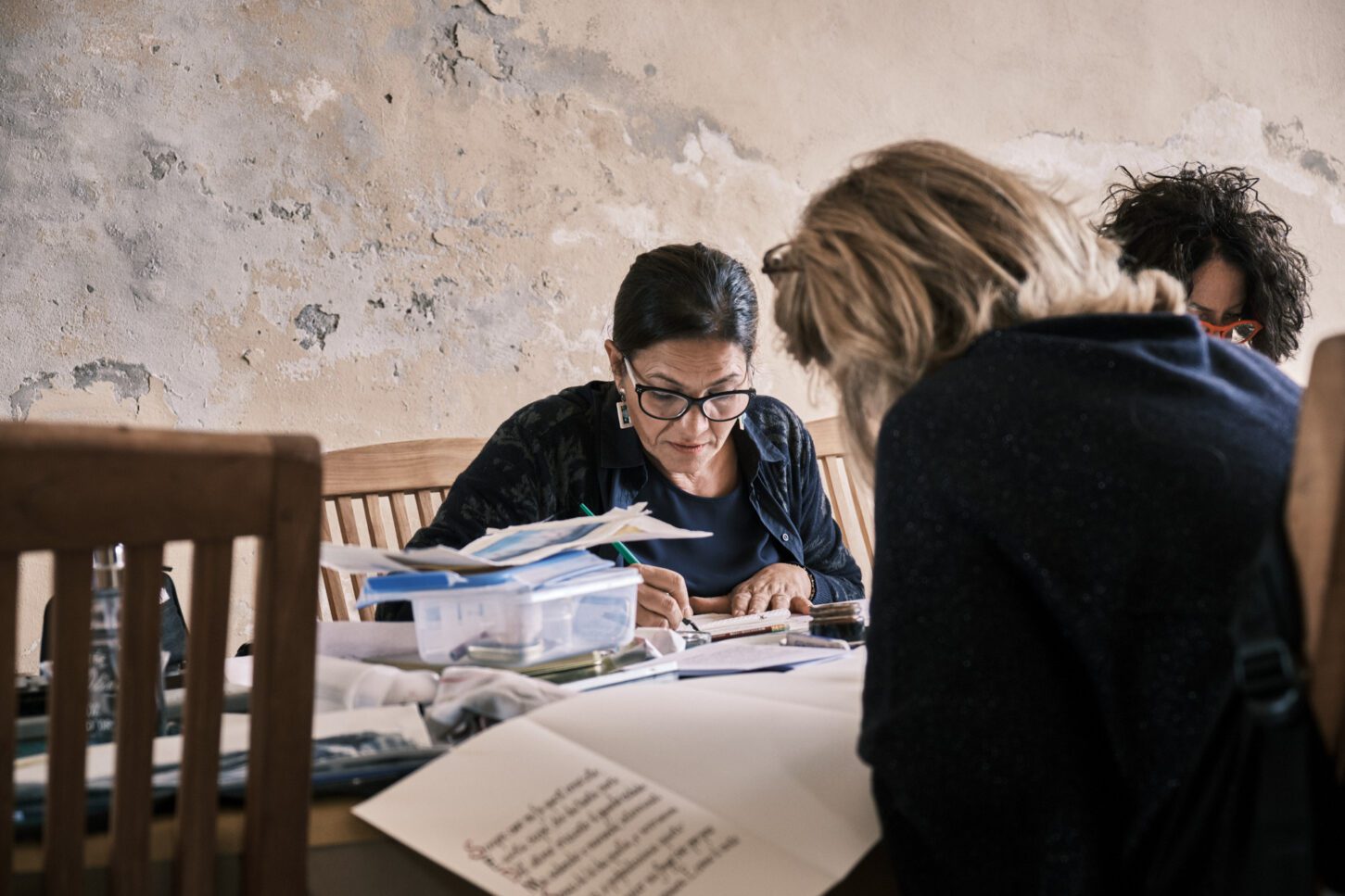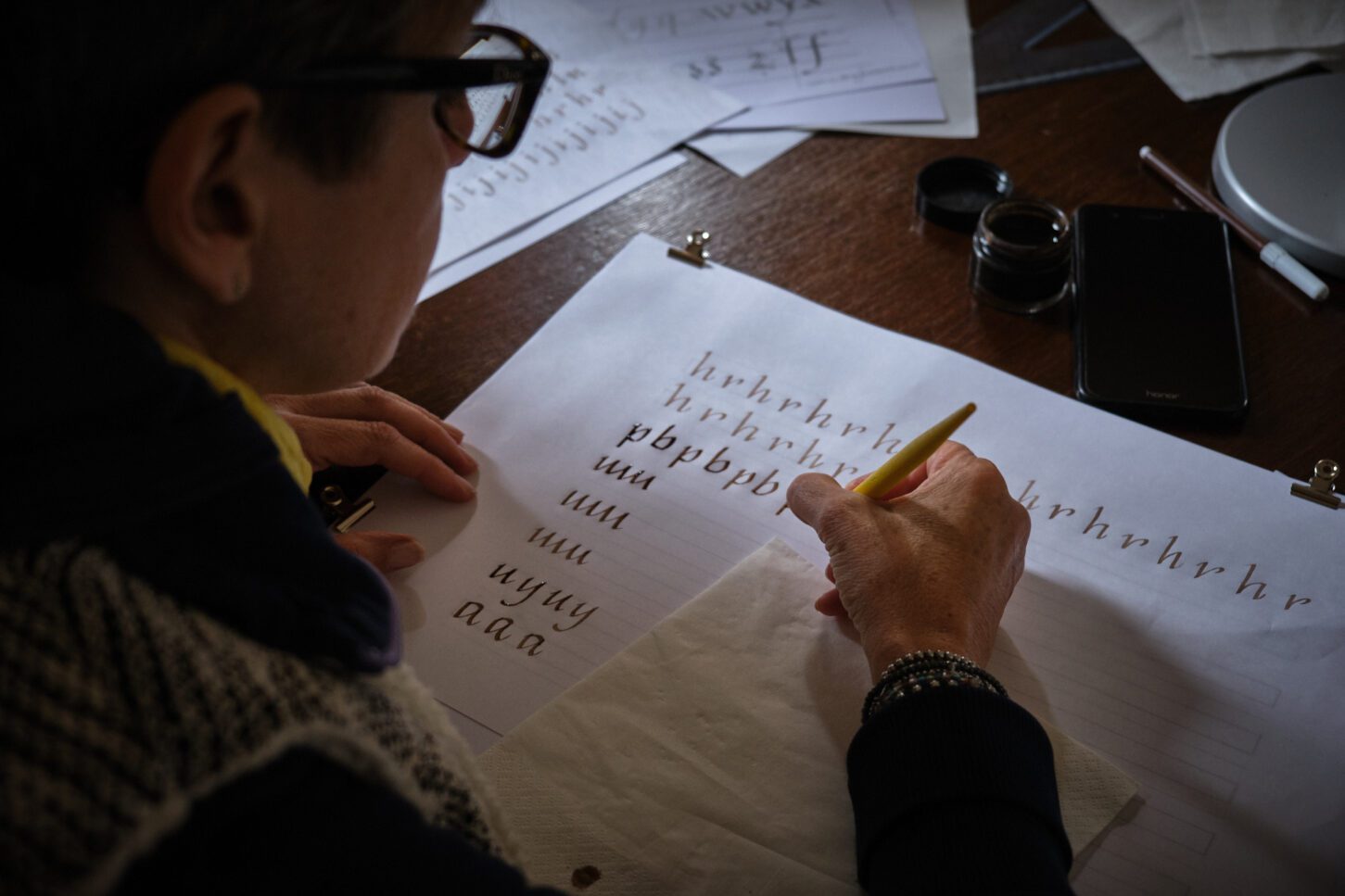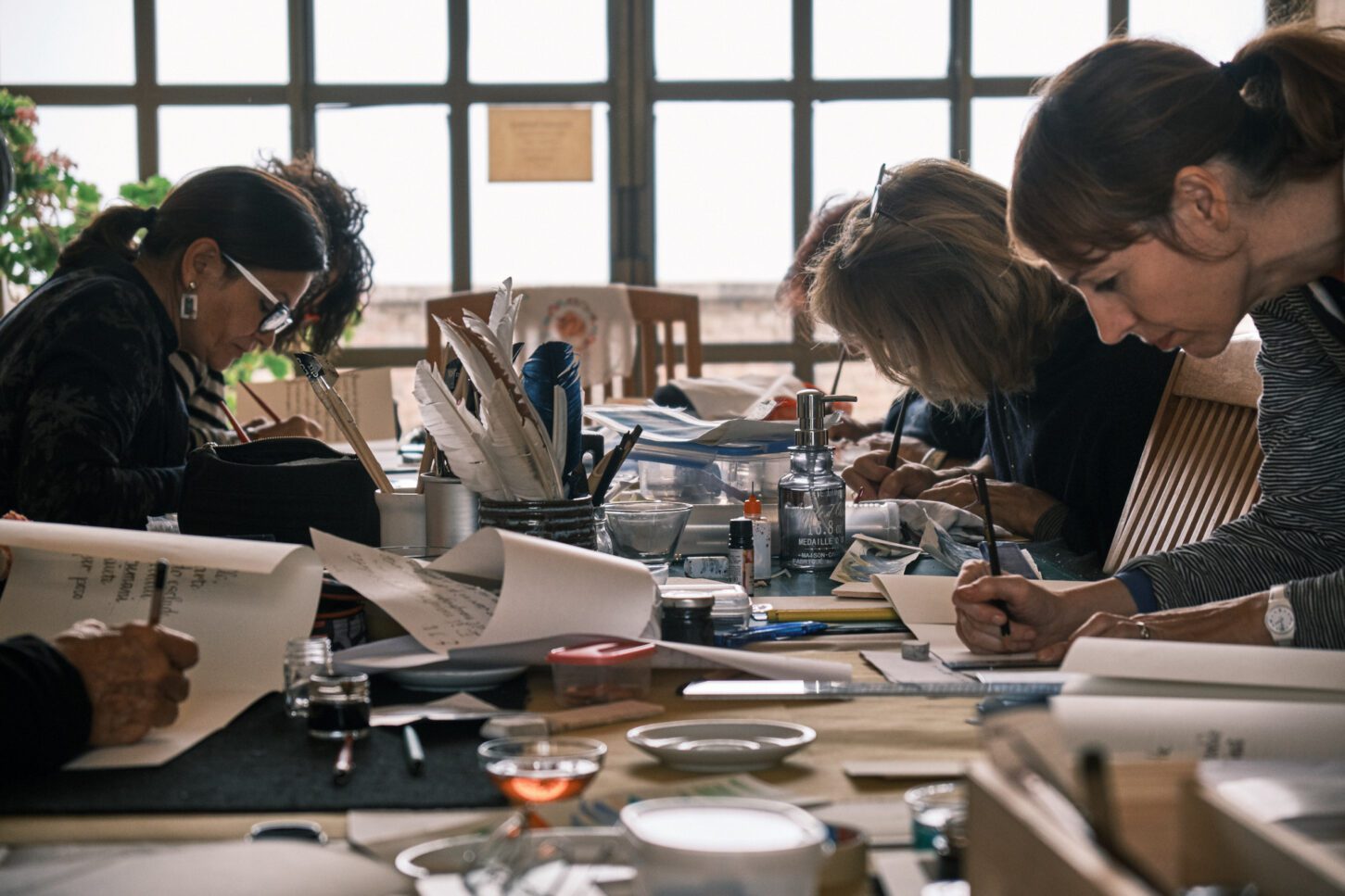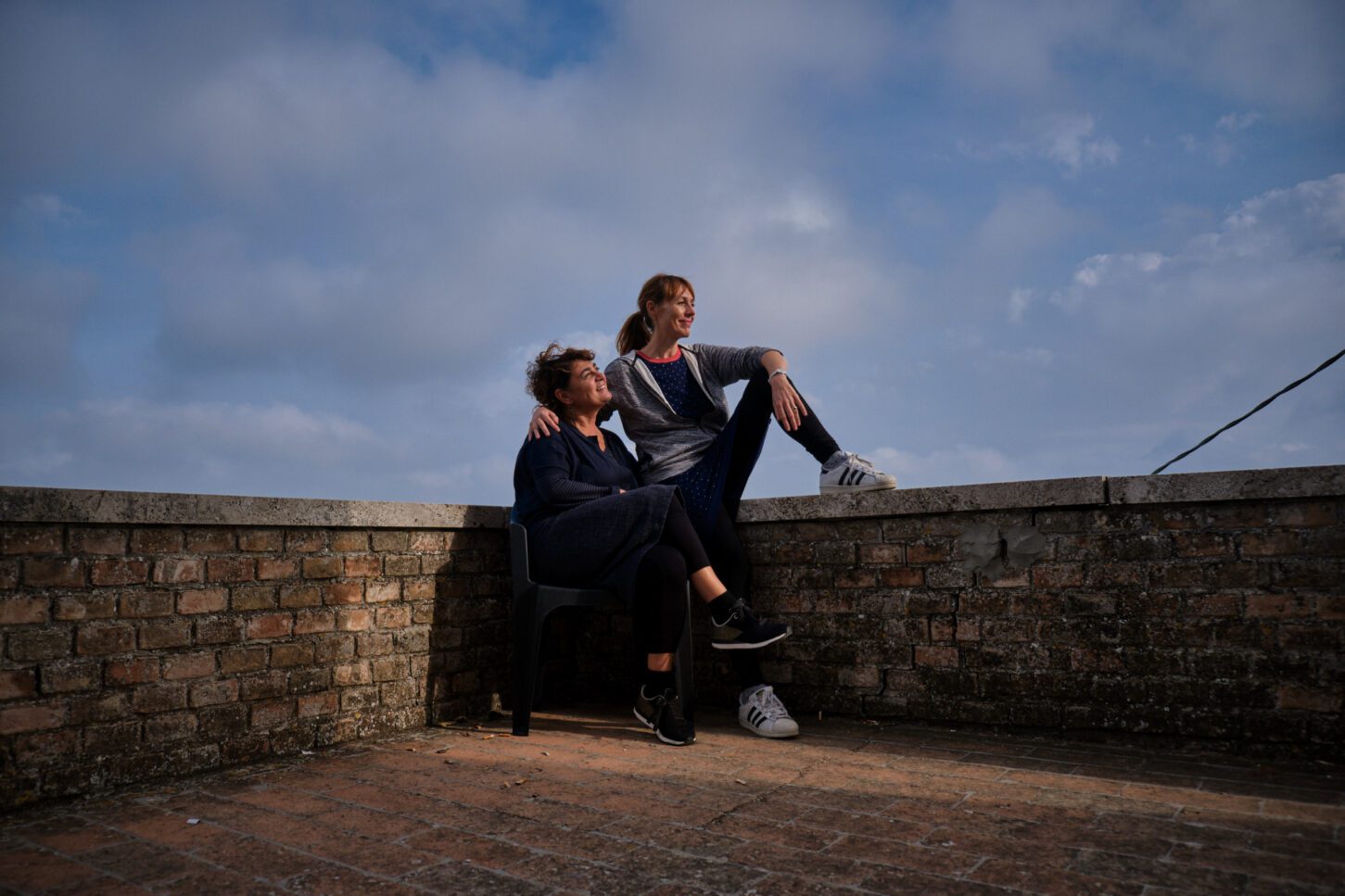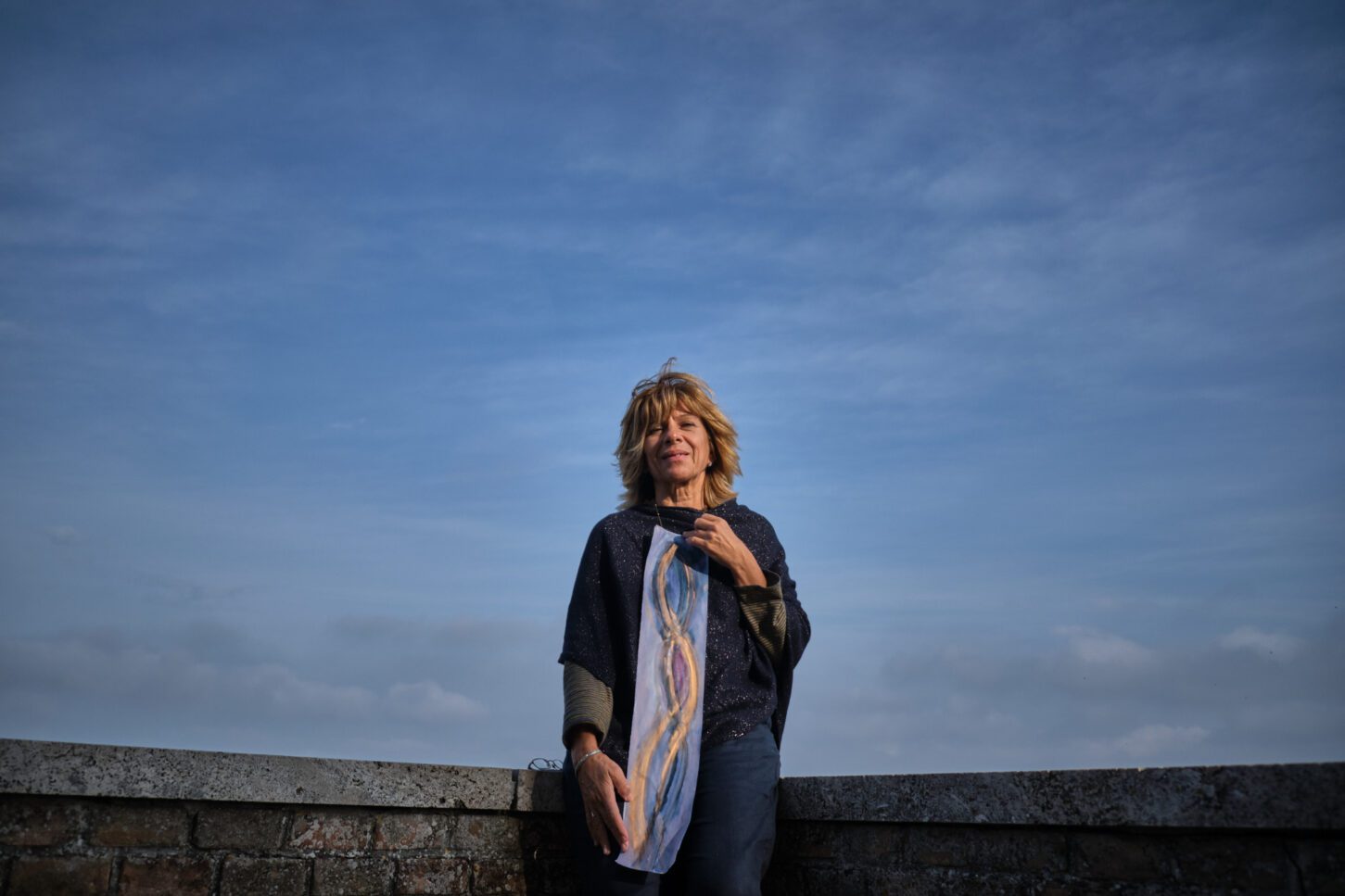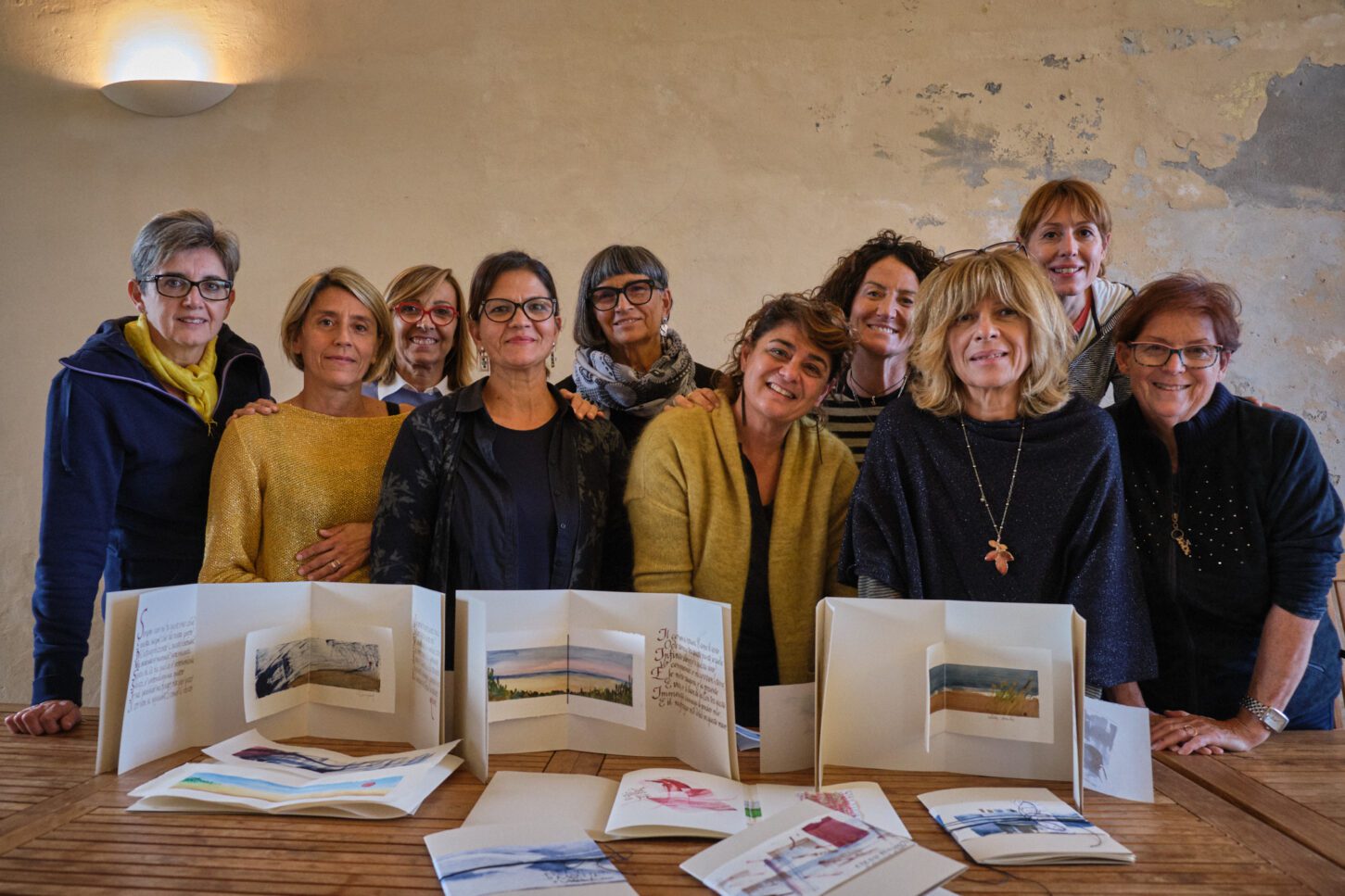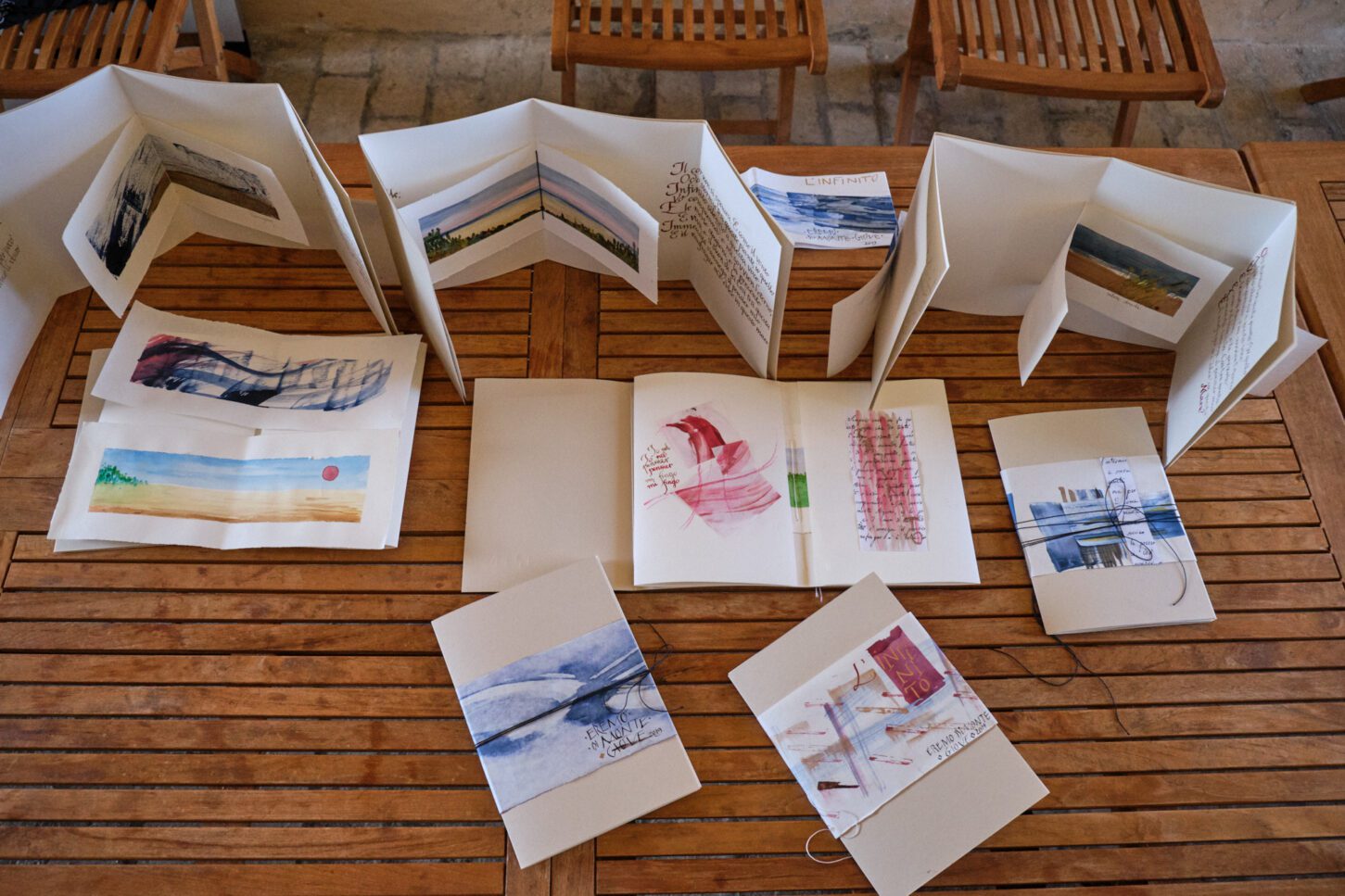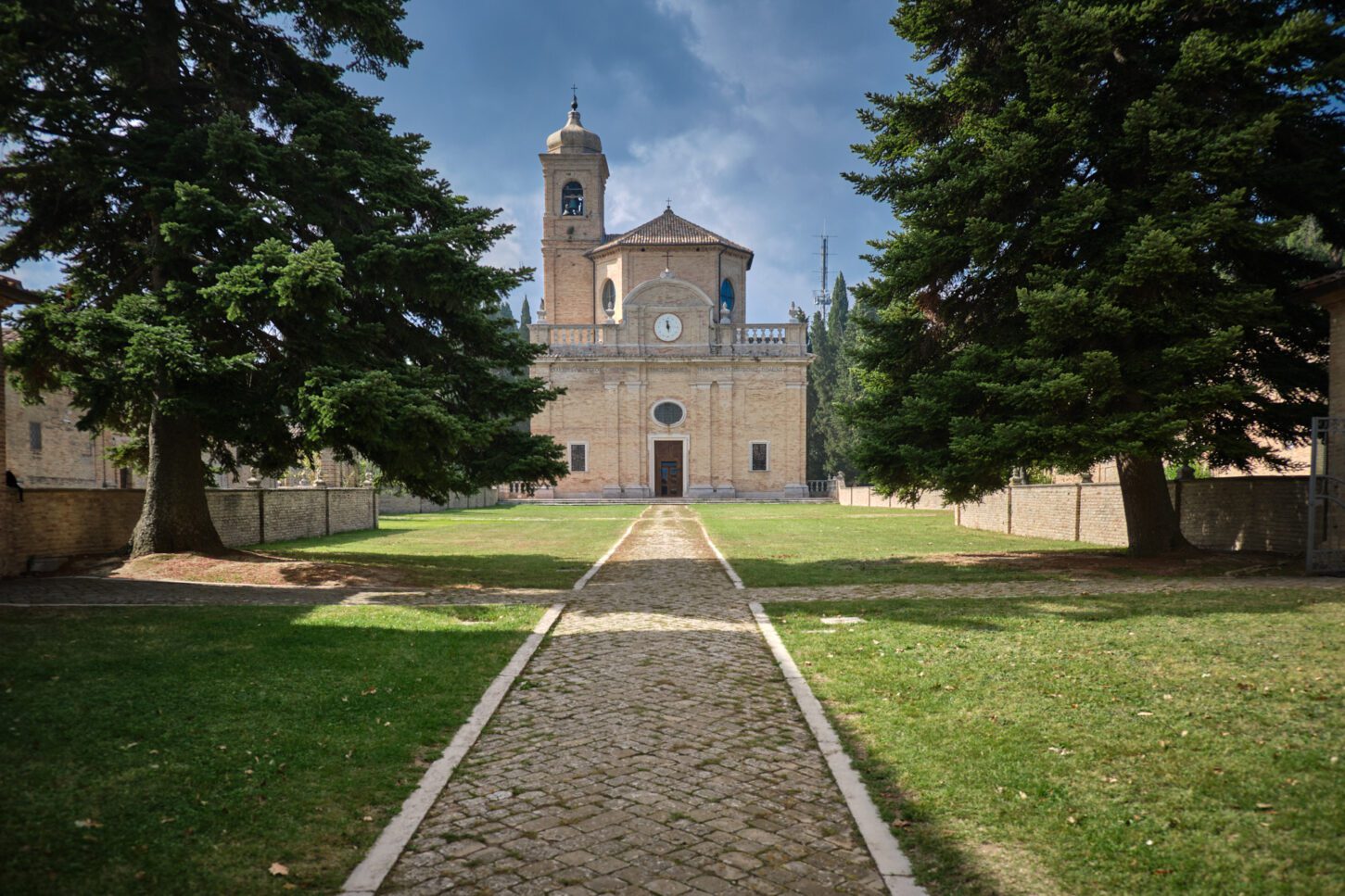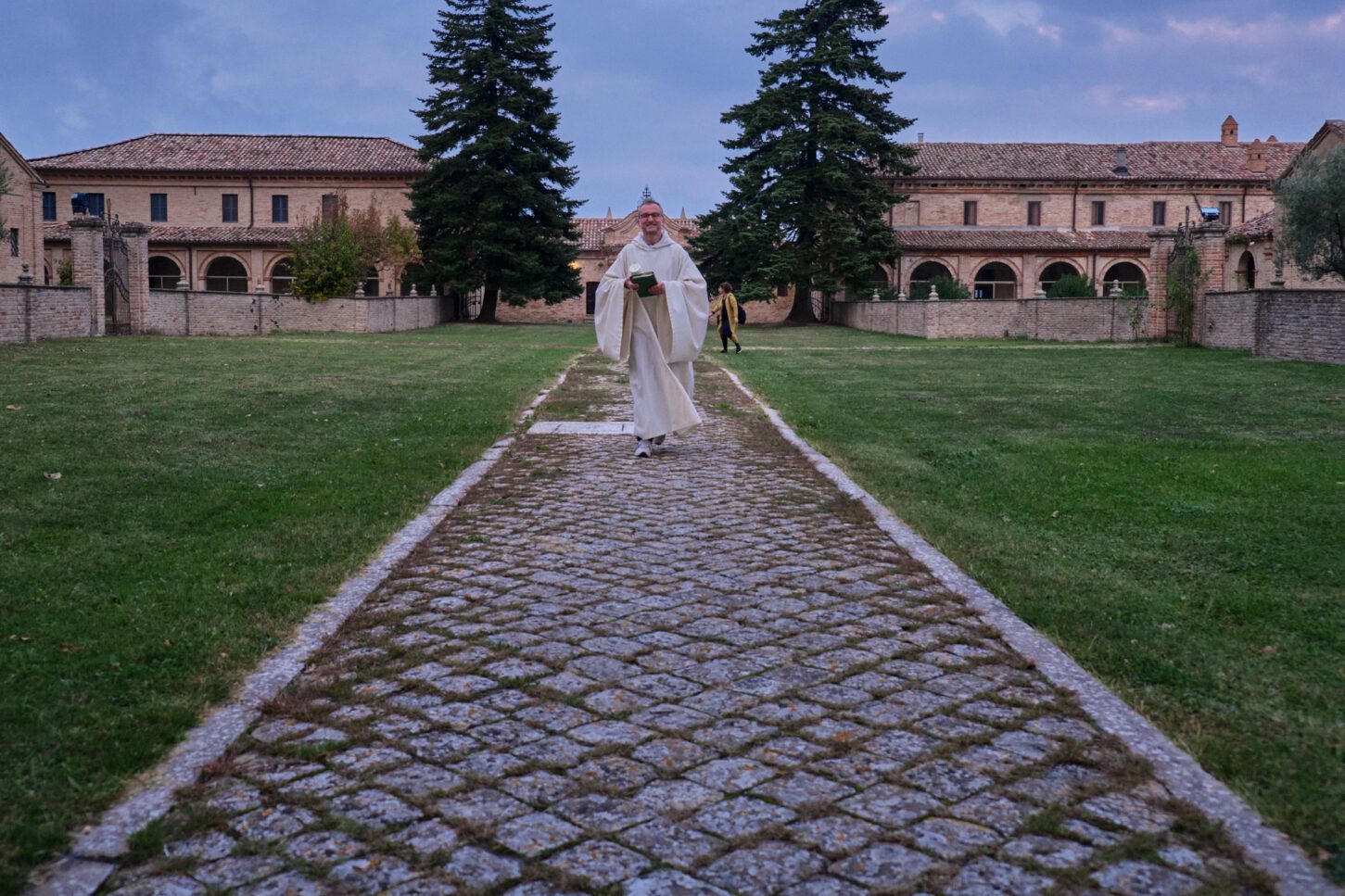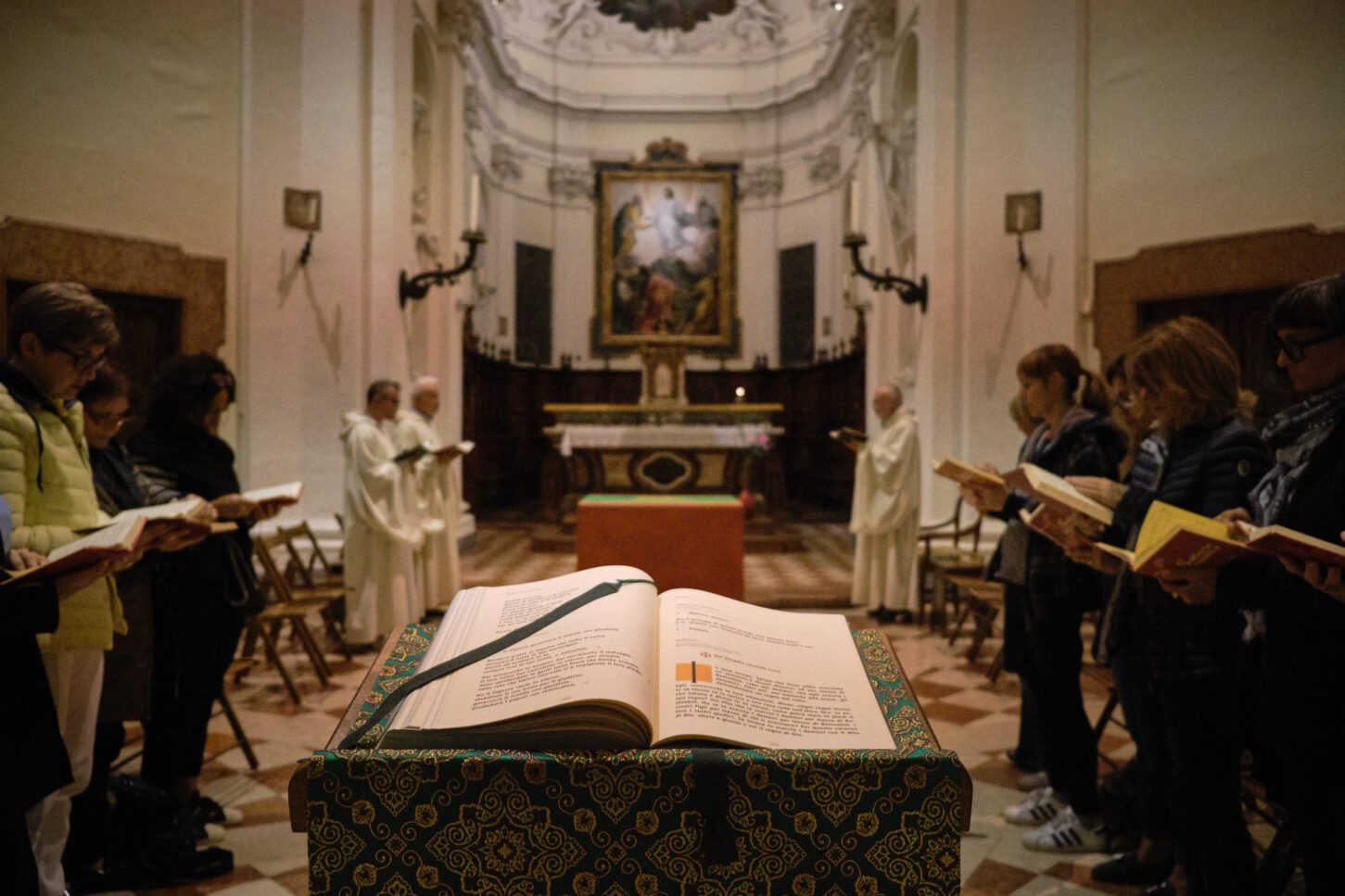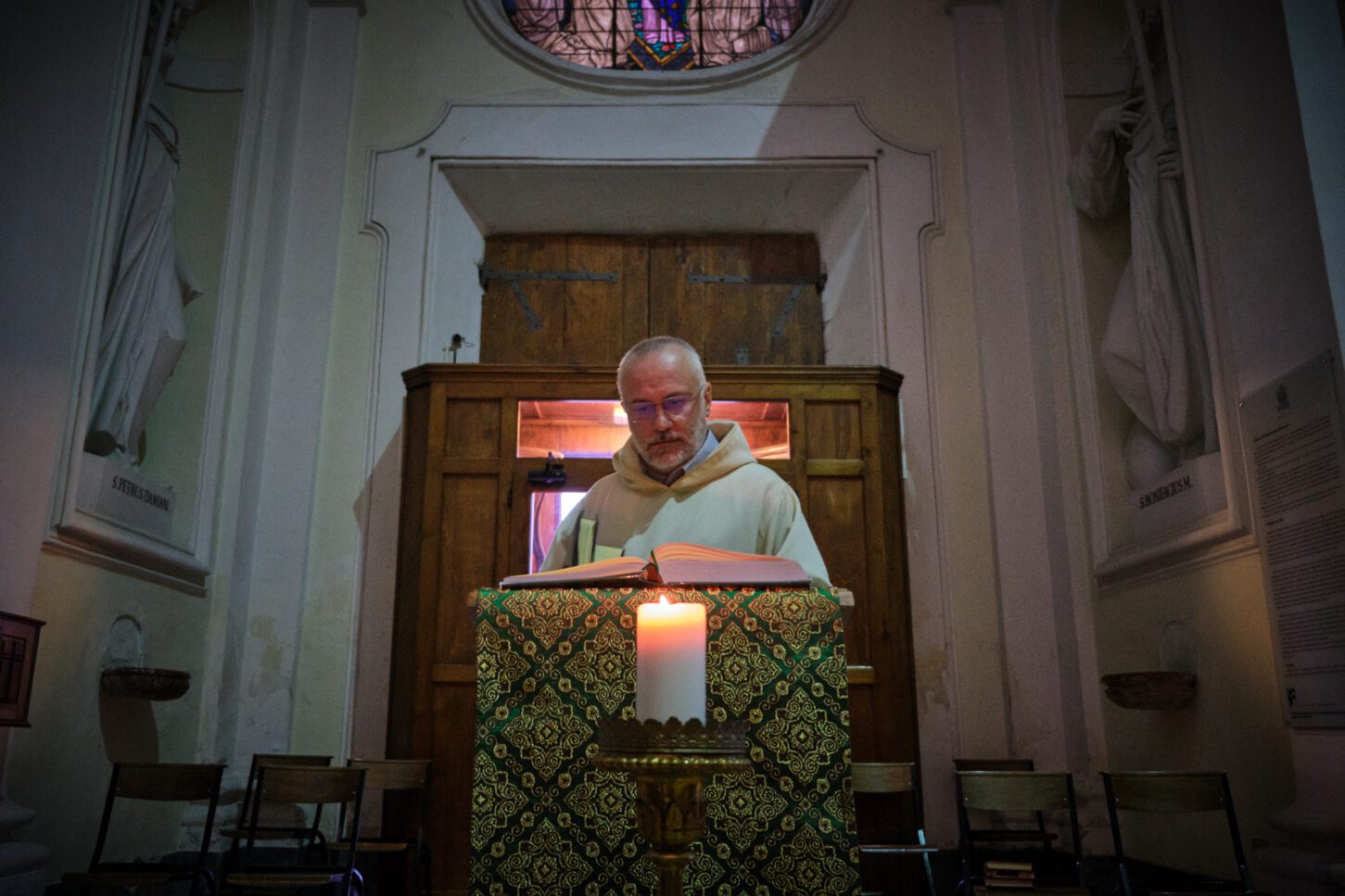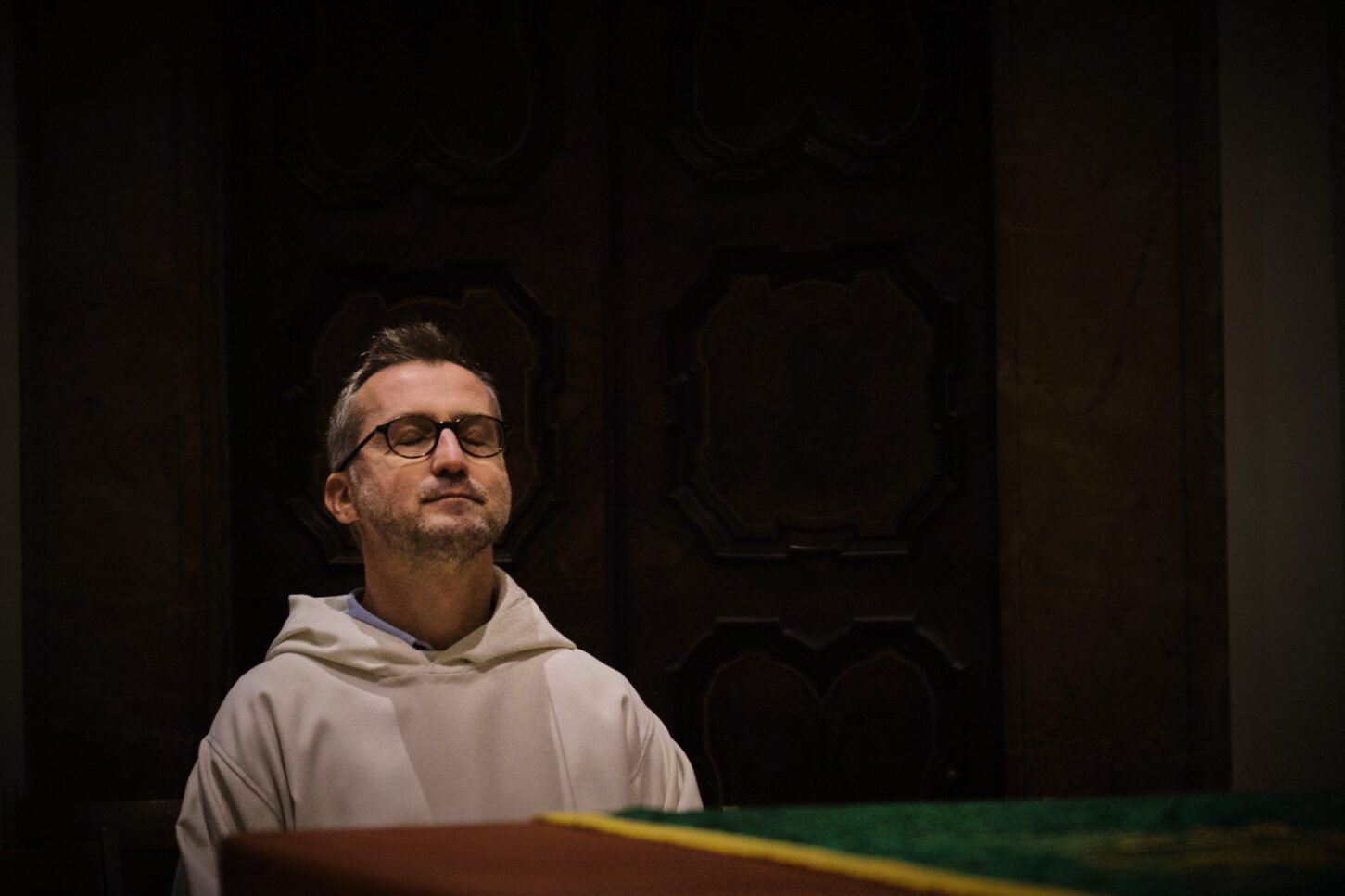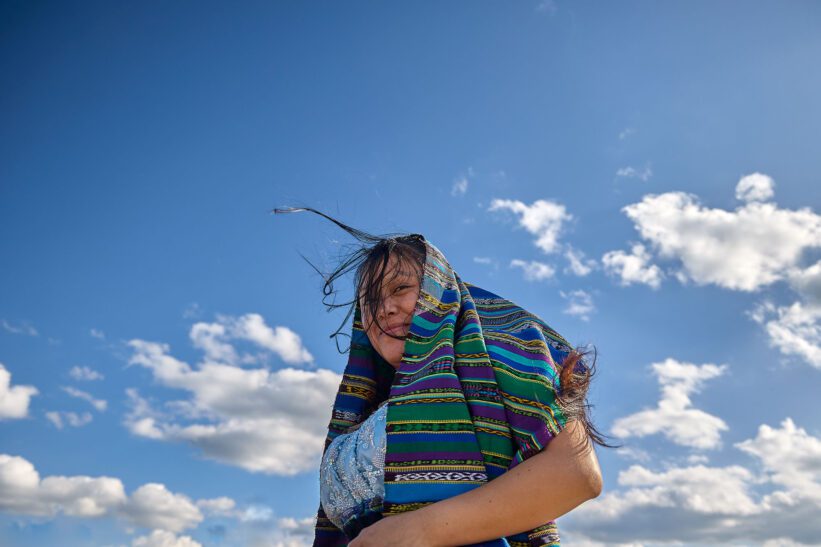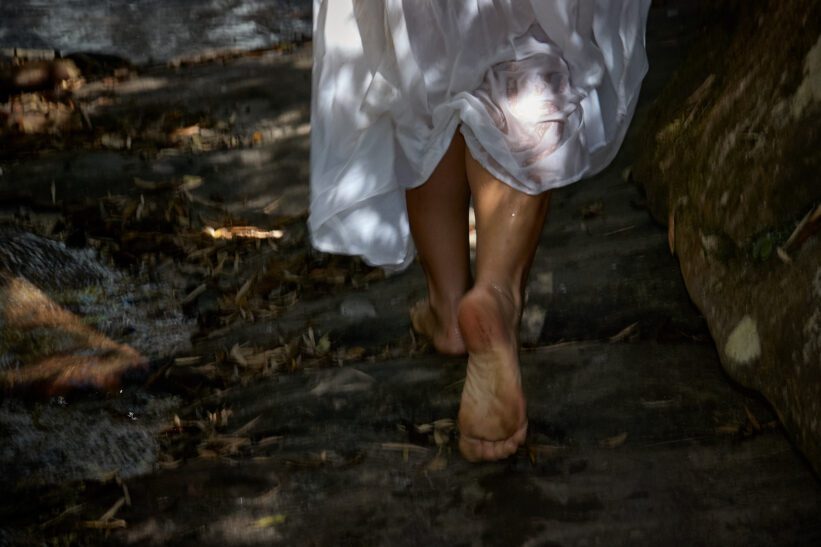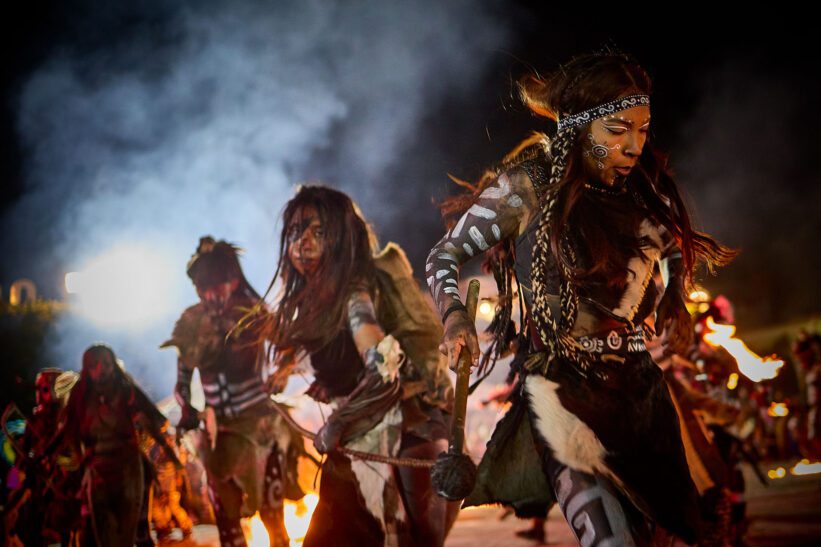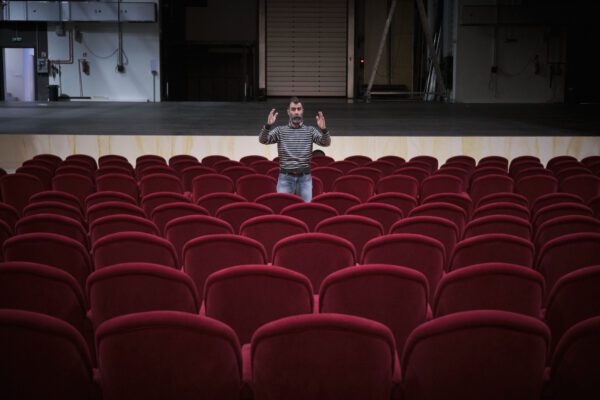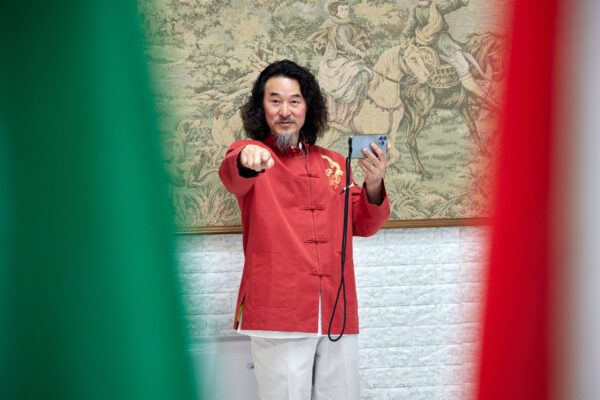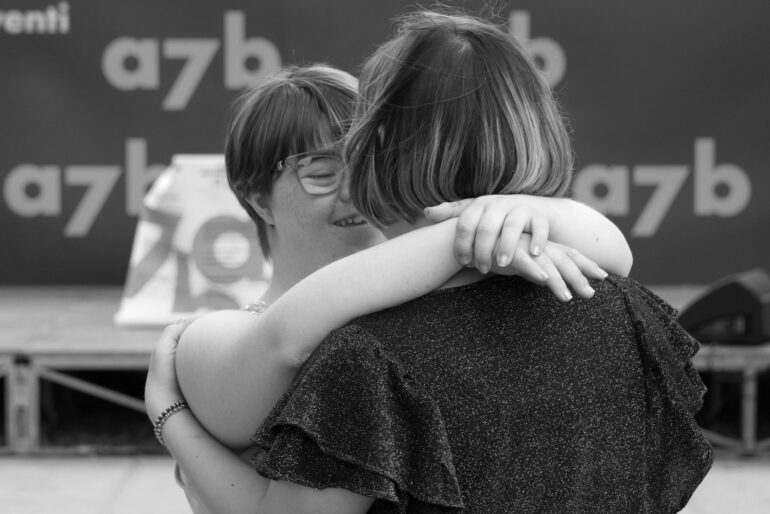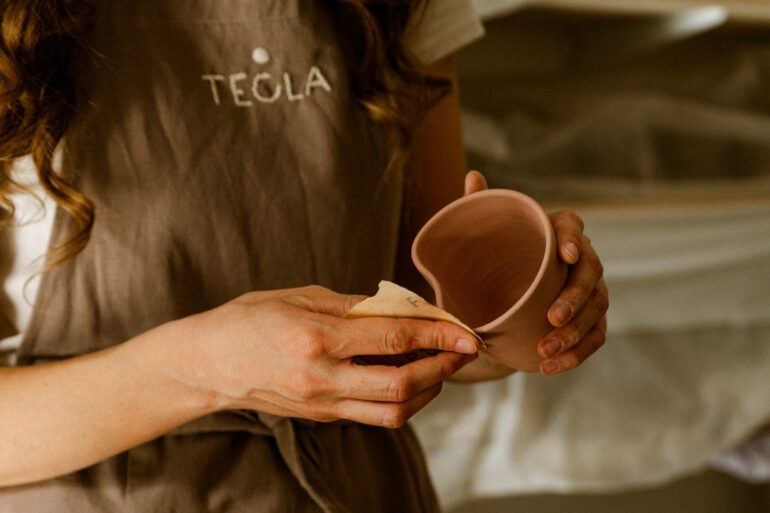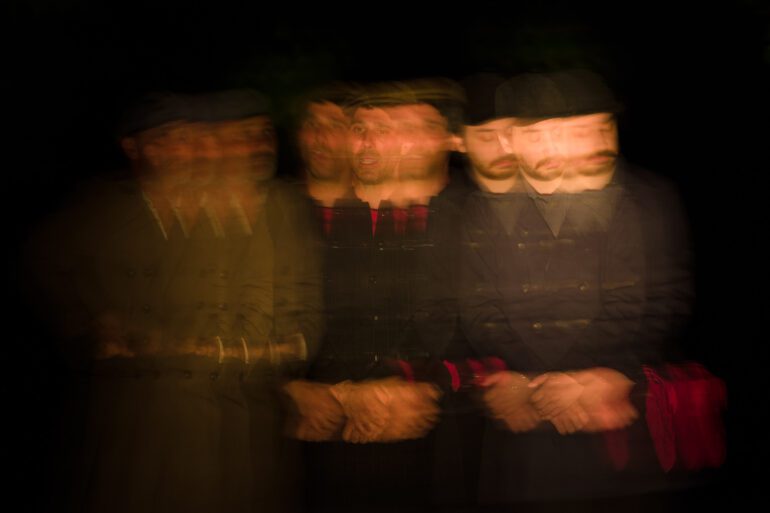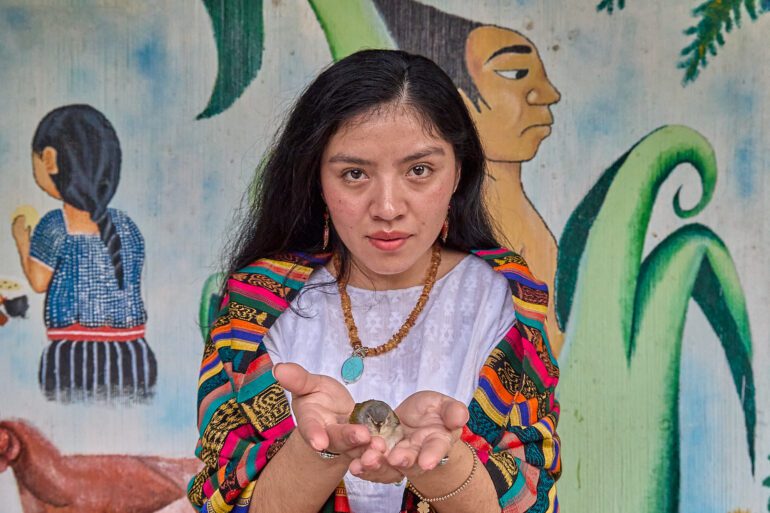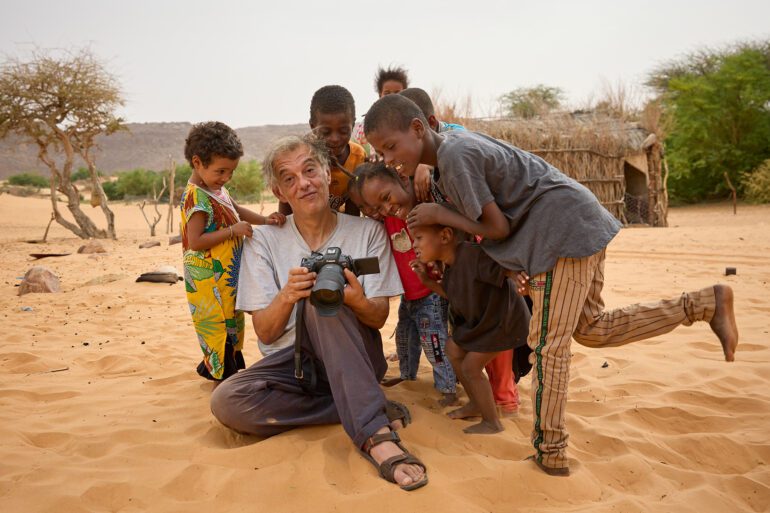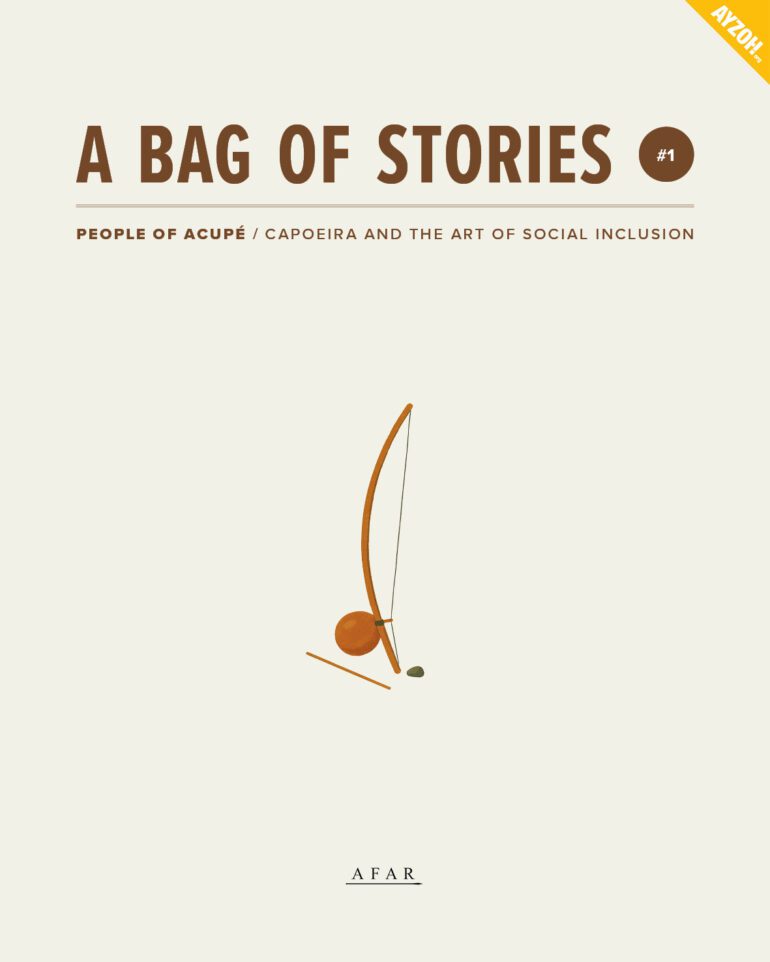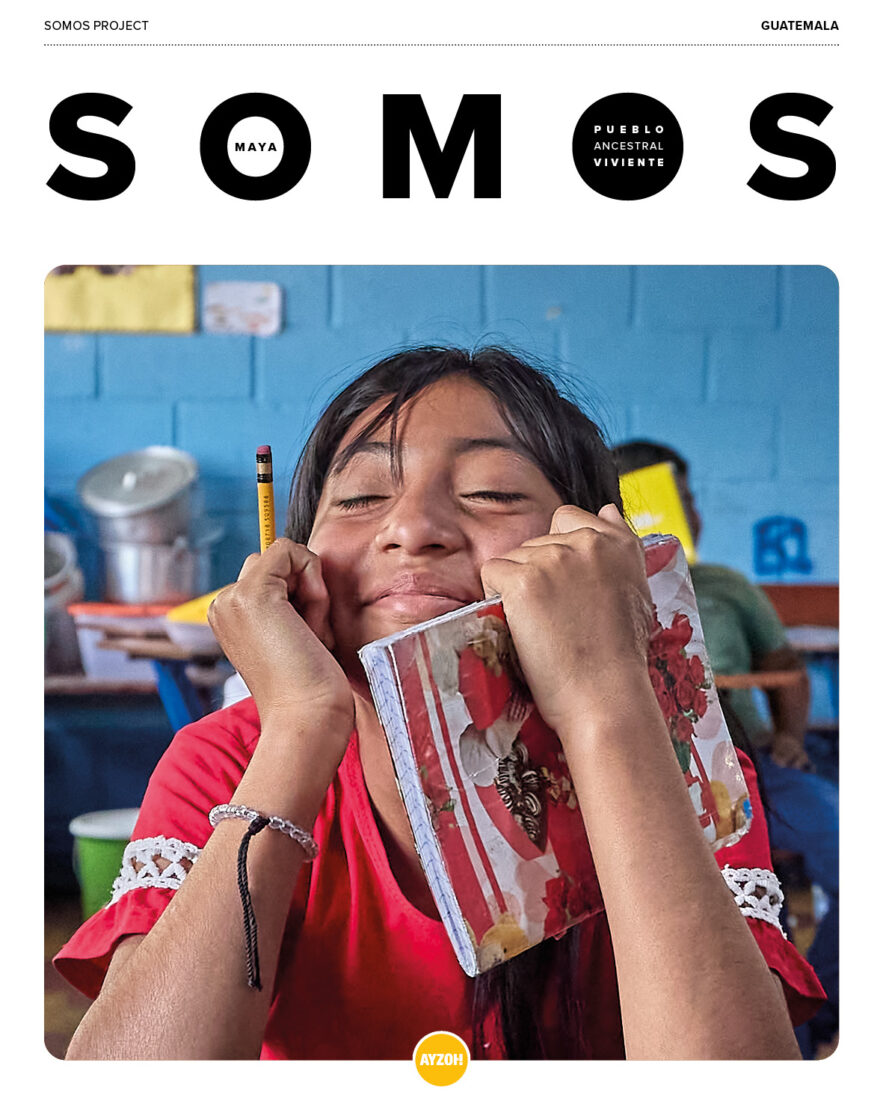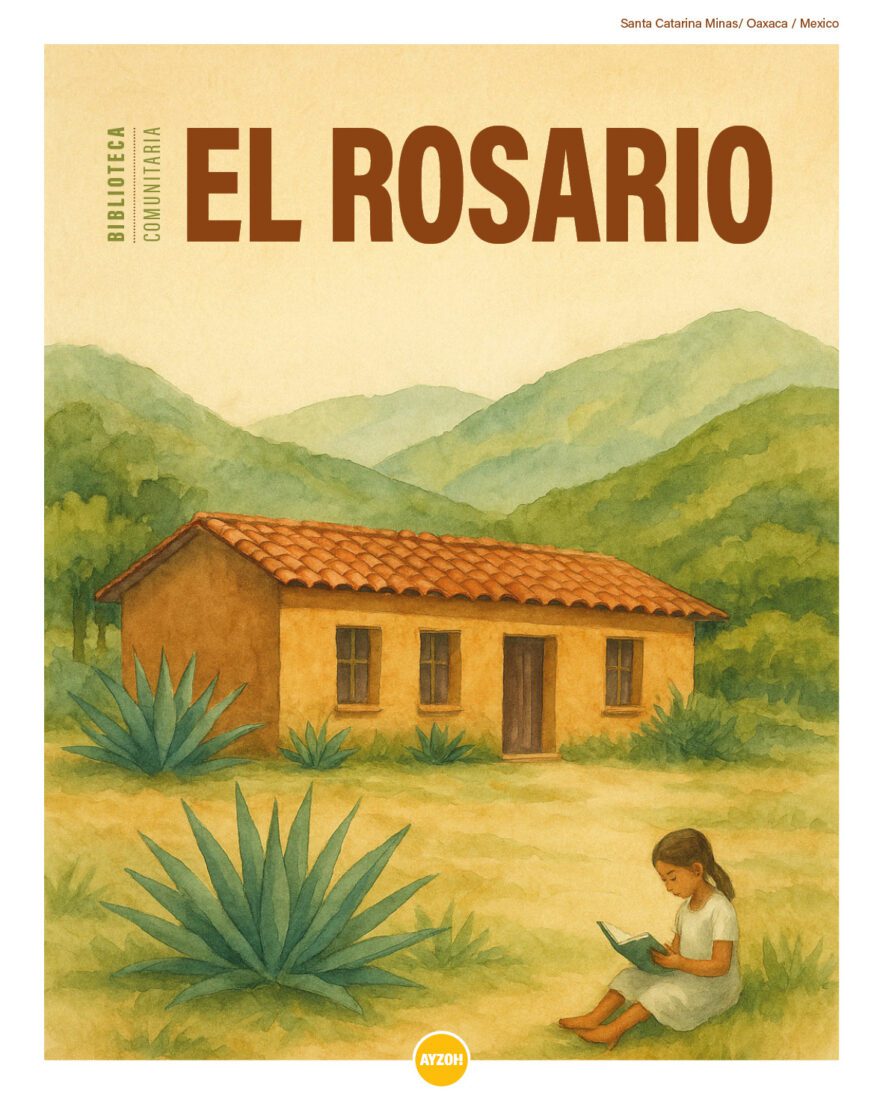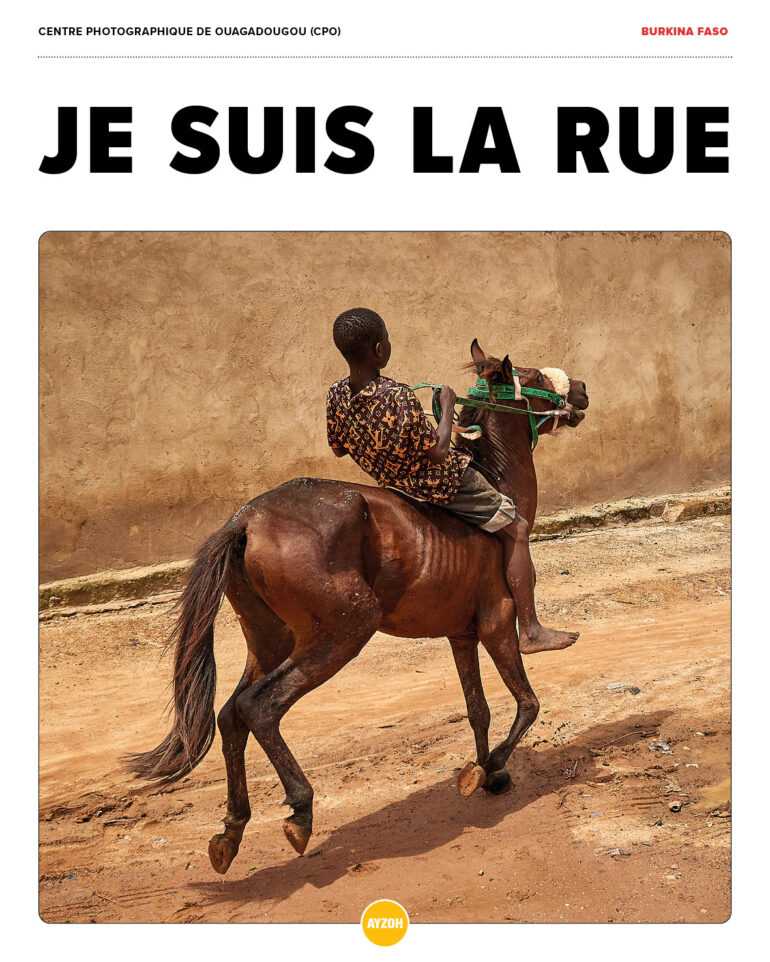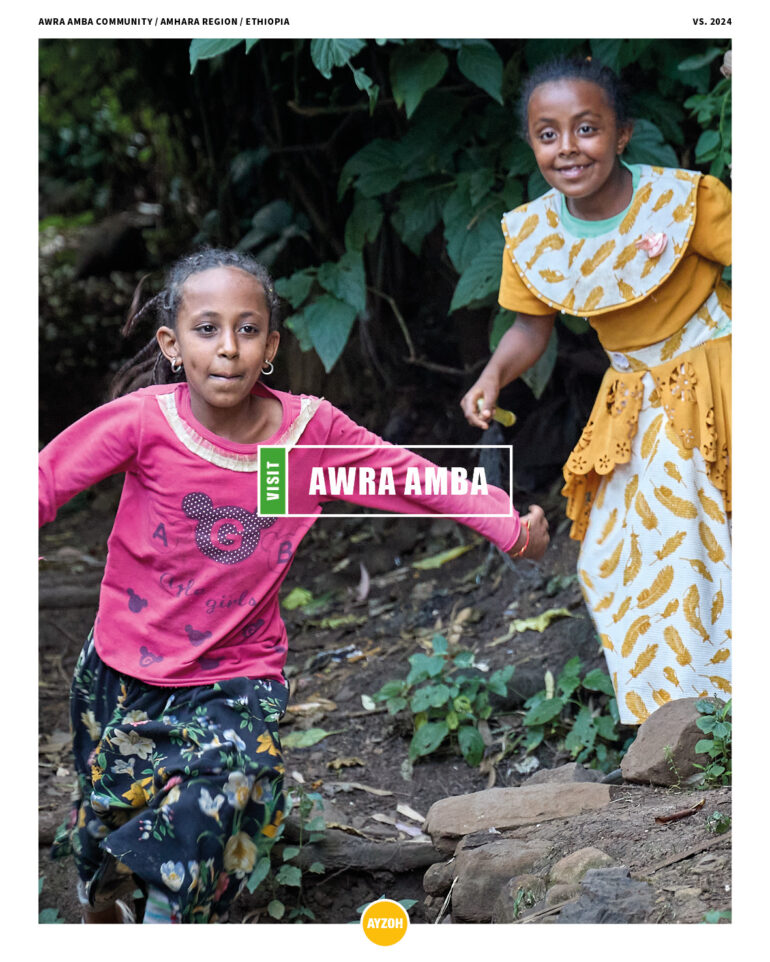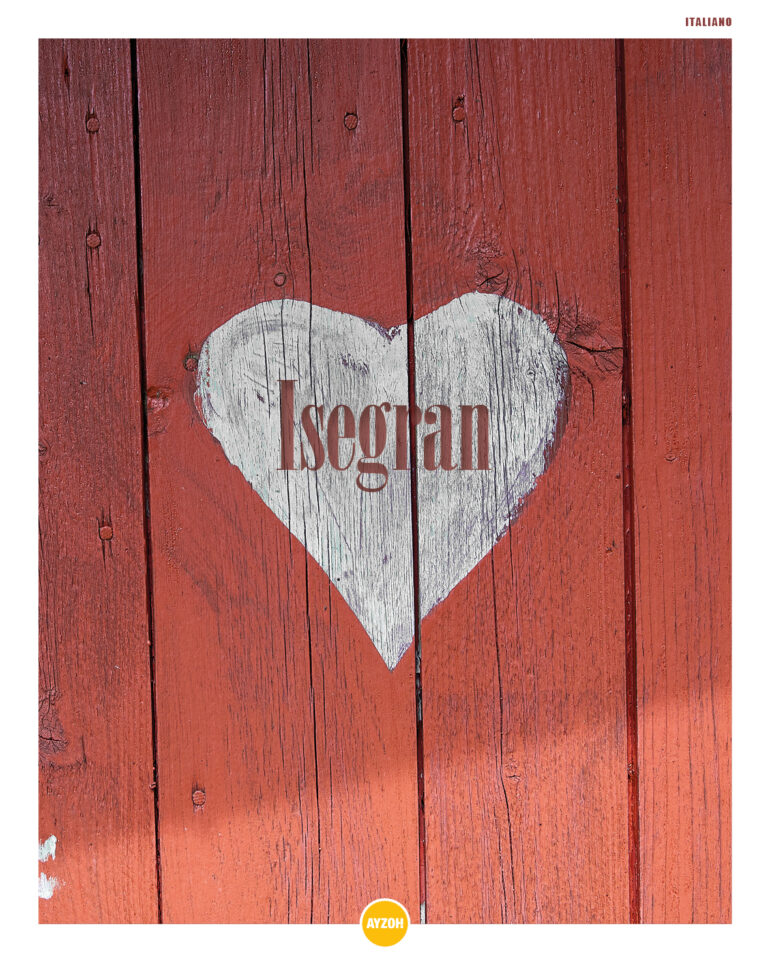At Ayzoh!, we believe that every form of art capable of training the eye and the mind is part of the same journey. Whether in the highlands of Guatemala or the valleys of Ethiopia, our work starts with learning to see — to observe with care, patience, and attention to what is essential but often overlooked.
This is why we host and support workshops that might seem unrelated to documentary photography or fieldwork. In fact, they are deeply connected. A calligraphy workshop, for example, is not only about writing — it’s about rhythm, gesture, and detail. It teaches us how to listen with our eyes and shape meaning with our hands.
As part of our Workshops & Expeditions series, we are proud to present a calligraphy retreat led by Concetta Ferrario, illustrator, calligrapher, and long-time contributor to Ayzoh!. The setting could not be more fitting.
A Workshop in the Abbey of Monte Giove
The Abbey of Monte Giove (Abbazia di Monte Giove) is a historic Benedictine monastery located near Fano, a coastal town in Italy’s Marche region. Founded around the year 1011 by Benedictine monks, the abbey sits atop Monte Giove — offering sweeping views of the countryside and the Adriatic Sea.
Over the centuries, the abbey has been a place of prayer, learning, and agricultural work. Its Romanesque-Gothic architecture preserves a quiet sense of clarity and structure — the same qualities we look for in a line of text or a photographic composition.
The complex includes a church dedicated to Saint Peter, decorated with medieval frescoes, sculpted stone, and ornamental details that reflect the artistic heritage of the region. Though it fell into decline after the 16th century, ongoing restoration efforts have returned life to the abbey’s grounds.
This is where Concetta Ferrario will guide participants in a workshop that is both technical and meditative — a space to explore the gestures behind each letterform, the relationship between breath and line, ink and surface. The retreat invites participants not only to learn the craft of calligraphy, but also to slow down, observe more deeply, and reflect on the connections between discipline and creativity.
For us, this is part of the same work we do in the field: learning to read the world in its textures, rhythms, and silences.

